Frieze NY 2023
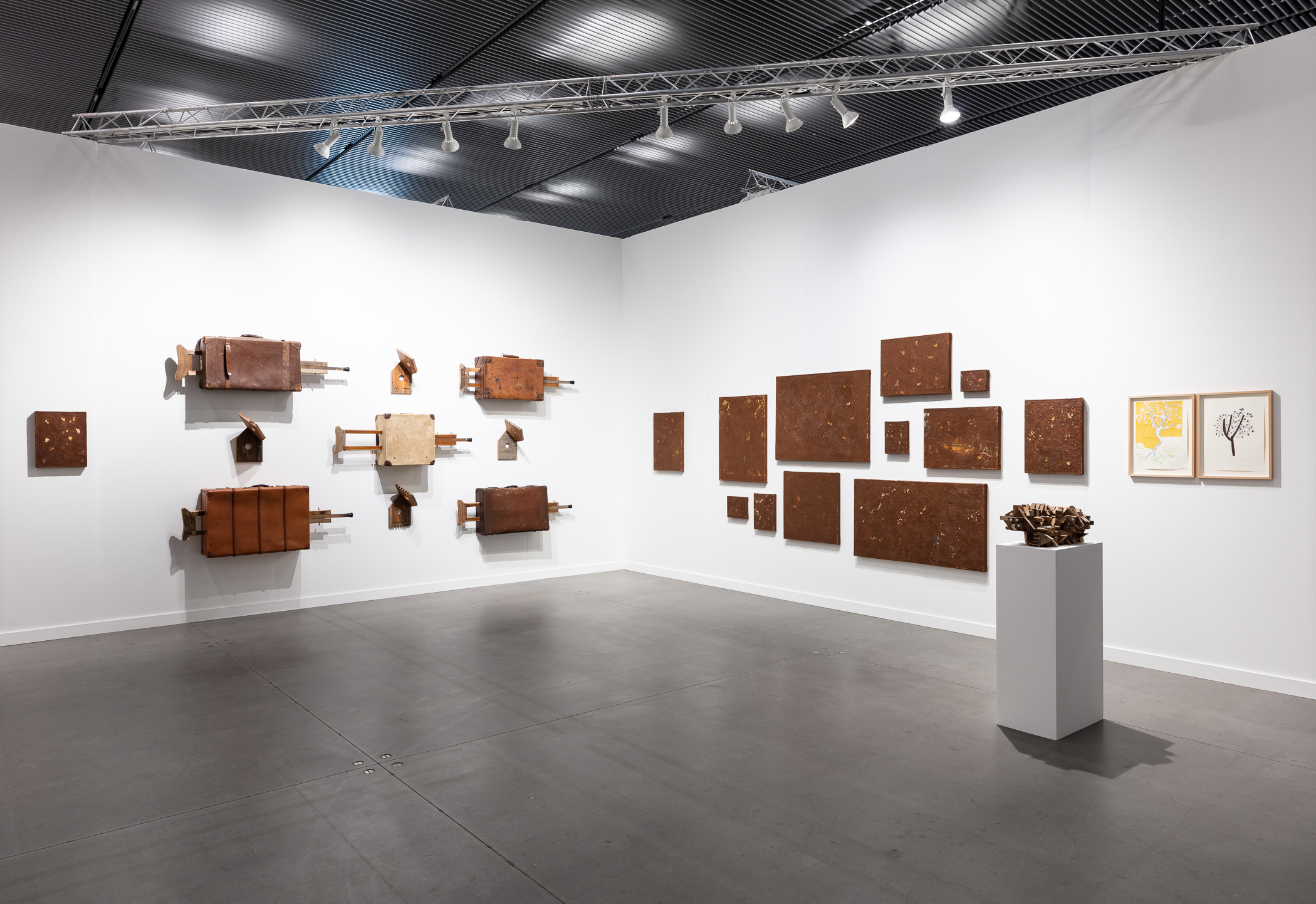
Frieze NY 2023
2023 Installation view blank projects and Proyectos Ultravioleta Frieze, New York Photo: Silvia Ros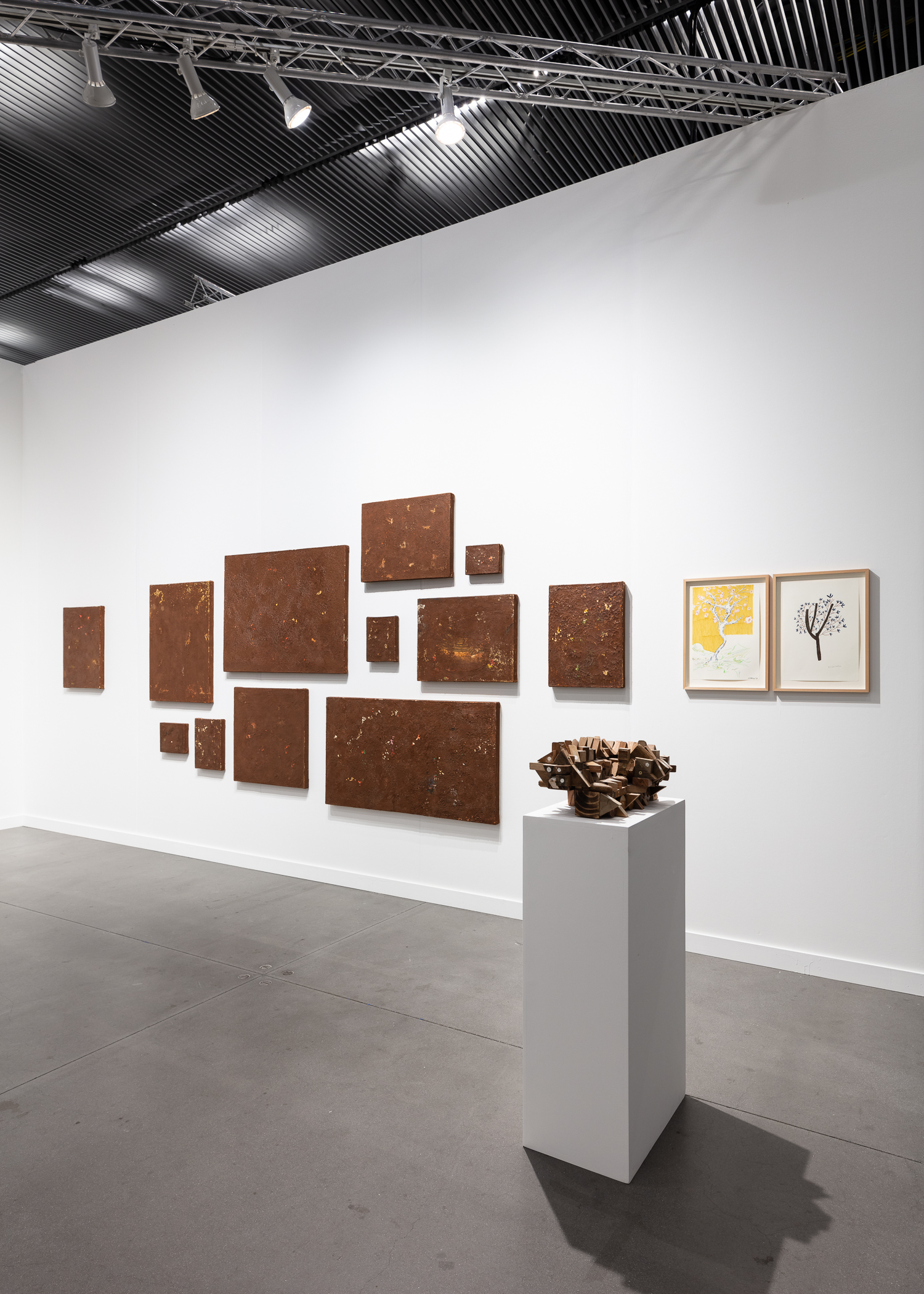
Frieze NY 2023
2023 Installation view blank projects and Proyectos Ultravioleta Frieze, New York Photo: Silvia Ros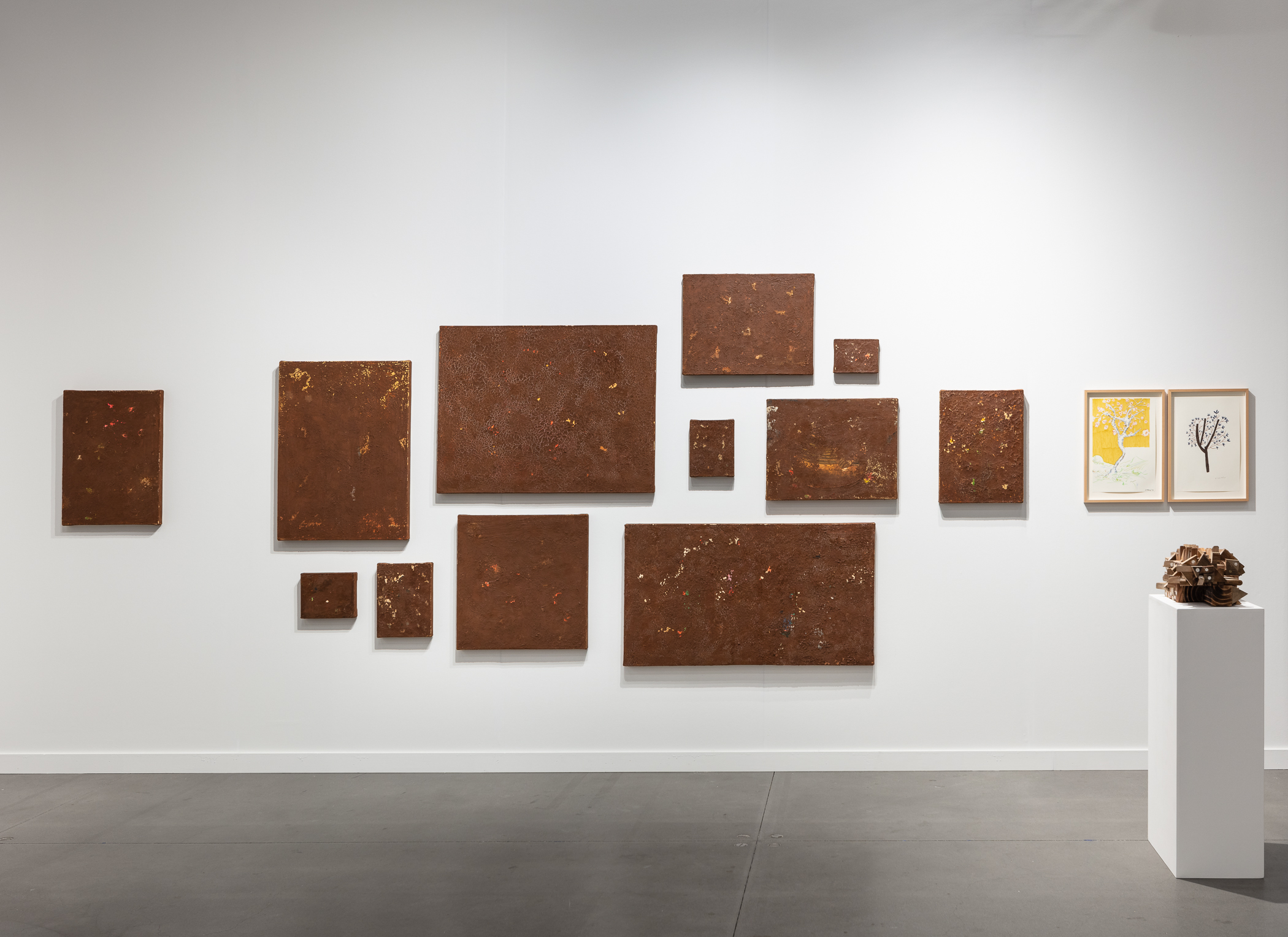
Frieze NY 2023
2023 Installation view blank projects and Proyectos Ultravioleta Frieze, New York Photo: Silvia Ros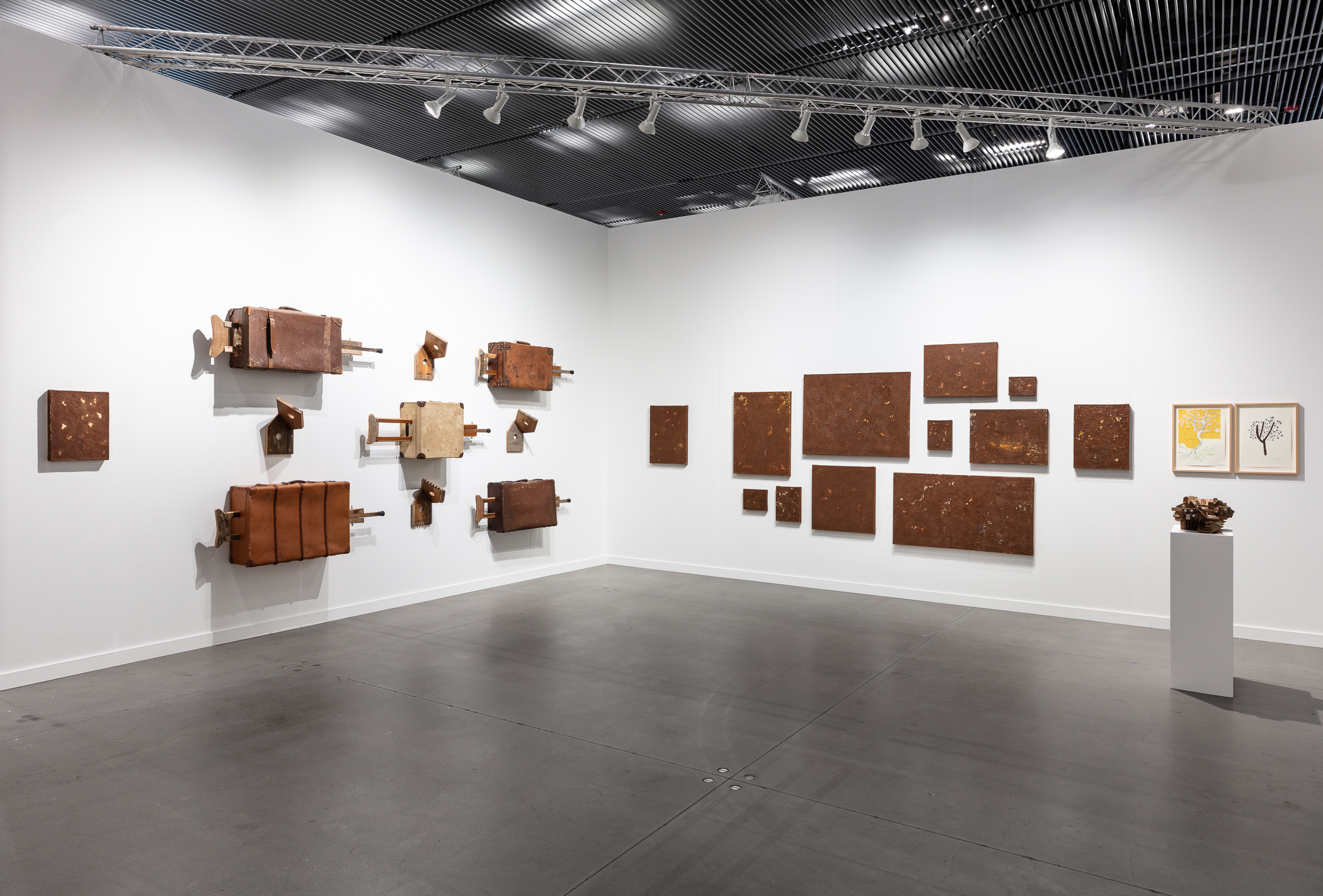
Frieze NY 2023
2023 Installation view blank projects and Proyectos Ultravioleta Frieze, New York Photo: Silvia Ros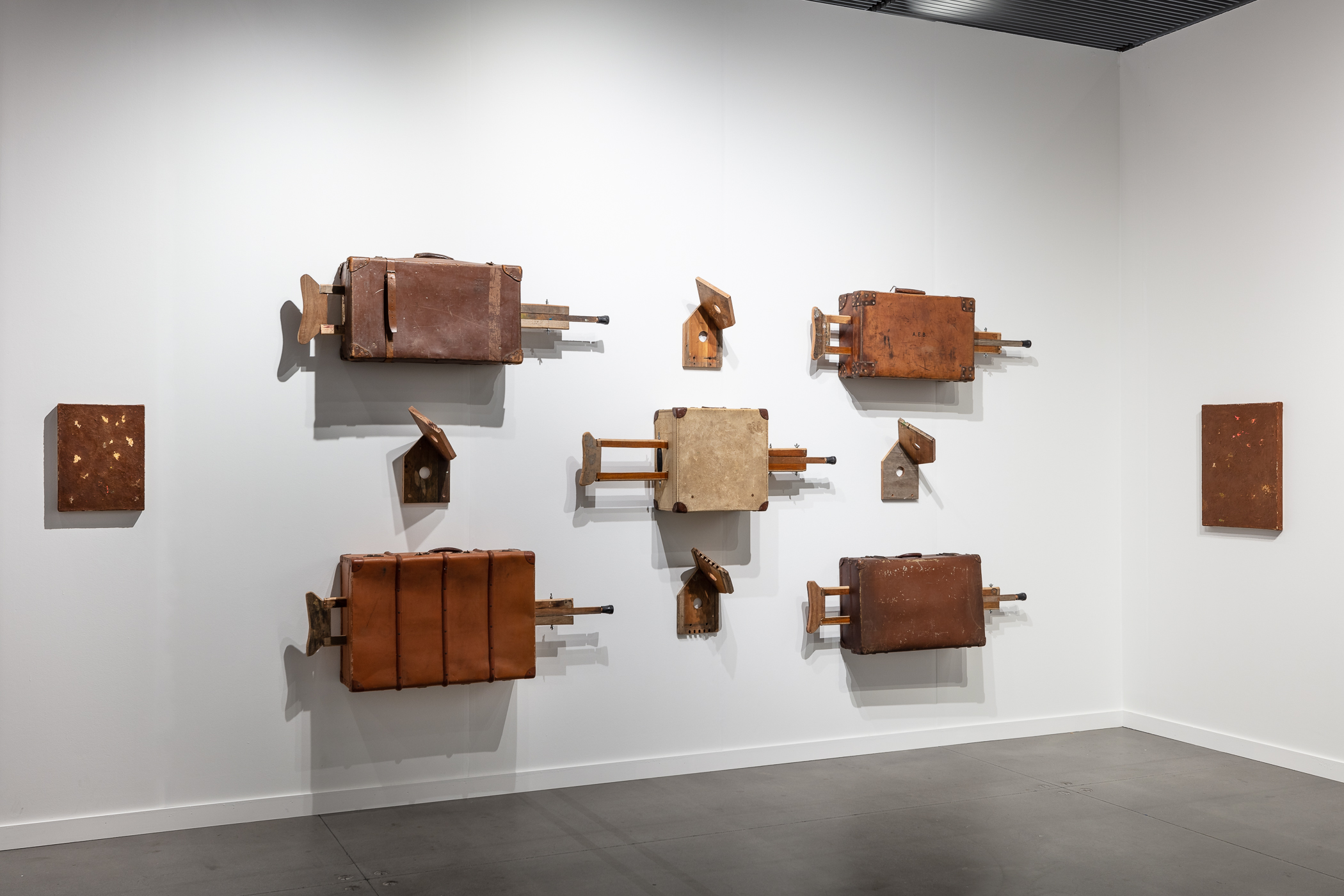
Frieze NY 2023
2023 Installation view blank projects and Proyectos Ultravioleta Frieze, New York Photo: Silvia Ros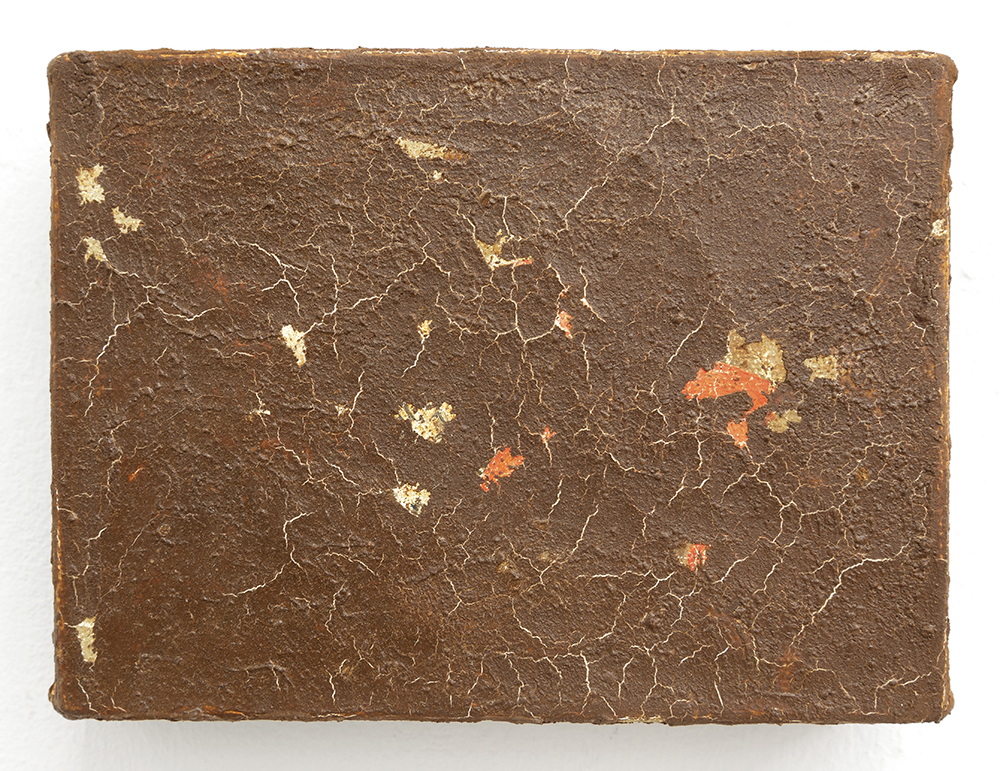
Runojel xa xti jotayimpe, Runojel xa xti tzolimpe, chuech ri ruach’ulew No. I (Everything Will Blossom, Everything Will Reappear Before the Face of the Earth No. I)
2023 Canvas, oil paint and clay 5.91 x 7.87 in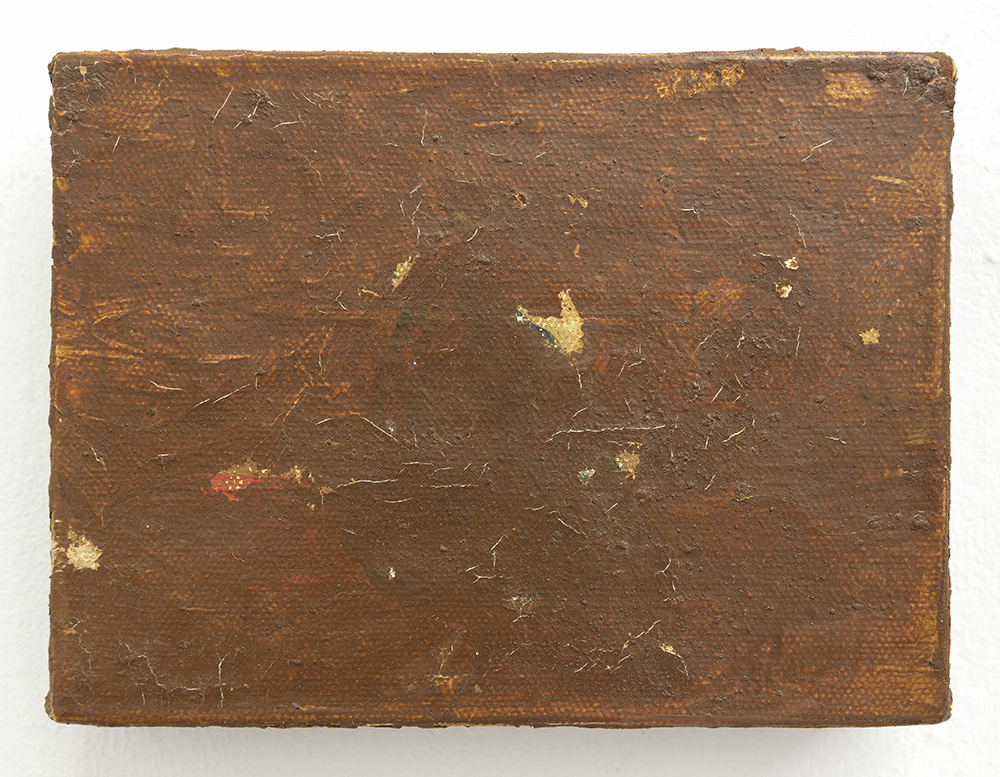
Runojel xa xti jotayimpe, Runojel xa xti tzolimpe, chuech ri ruach’ulew No. II (Everything Will Blossom, Everything Will Reappear Before the Face of the Earth No. II)
2023 Canvas, oil paint and clay 5.91 x 7.87 in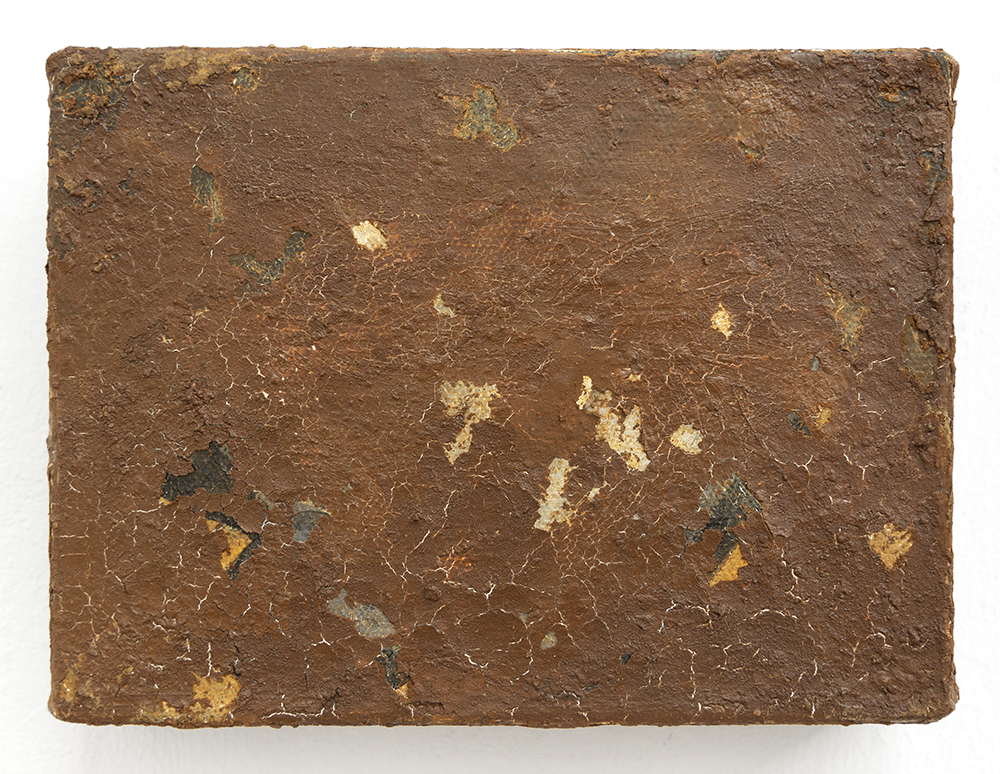
Runojel xa xti jotayimpe, Runojel xa xti tzolimpe, chuech ri ruach’ulew No. III (Everything Will Blossom, Everything Will Reappear Before the Face of the Earth No. III)
2023 Canvas, oil paint and clay 5.91 x 7.87 in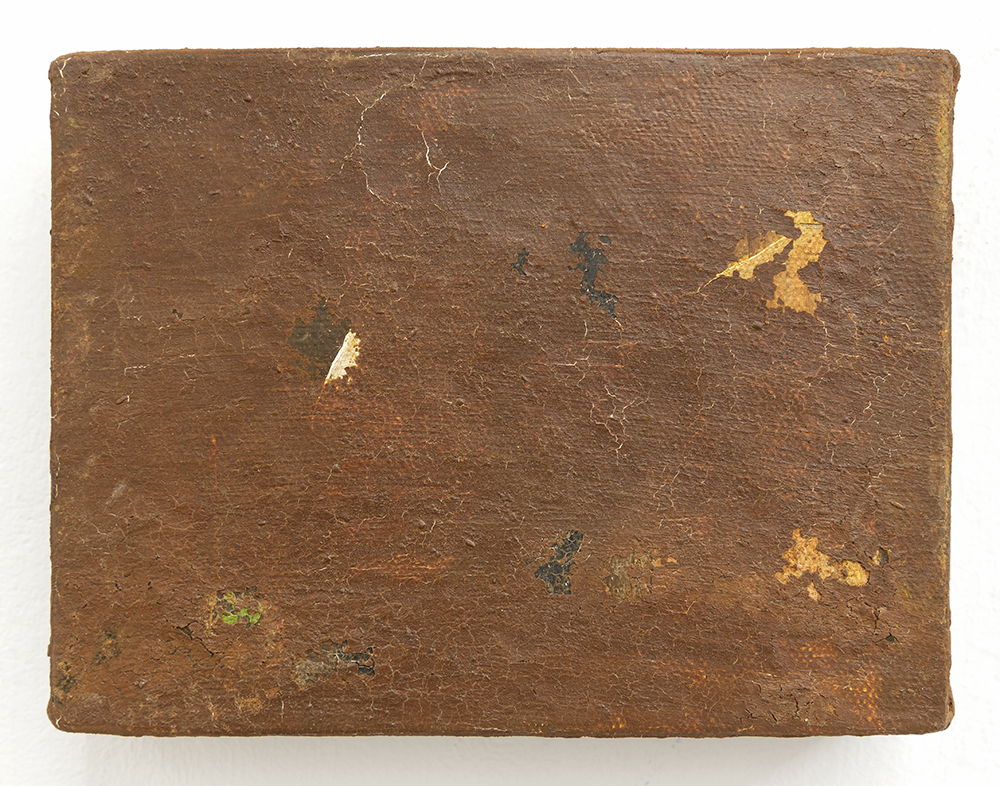
Runojel xa xti jotayimpe, Runojel xa xti tzolimpe, chuech ri ruach’ulew No. IV (Everything Will Blossom, Everything Will Reappear Before the Face of the Earth No. IV)
2023 Canvas, oil paint and clay 5.91 x 7.87 in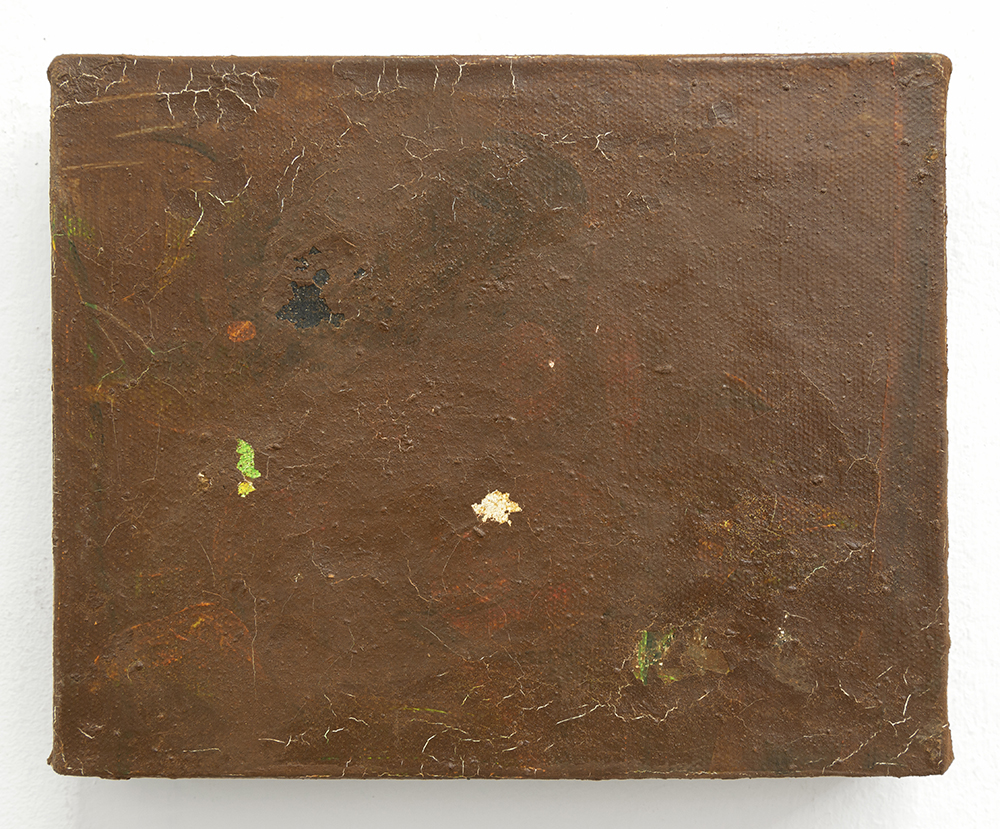
Runojel xa xti jotayimpe, Runojel xa xti tzolimpe, chuech ri ruach’ulew No. V (Everything Will Blossom, Everything Will Reappear Before the Face of the Earth No. V)
2023 Canvas, oil paint and clay 7.87 x 9.84 in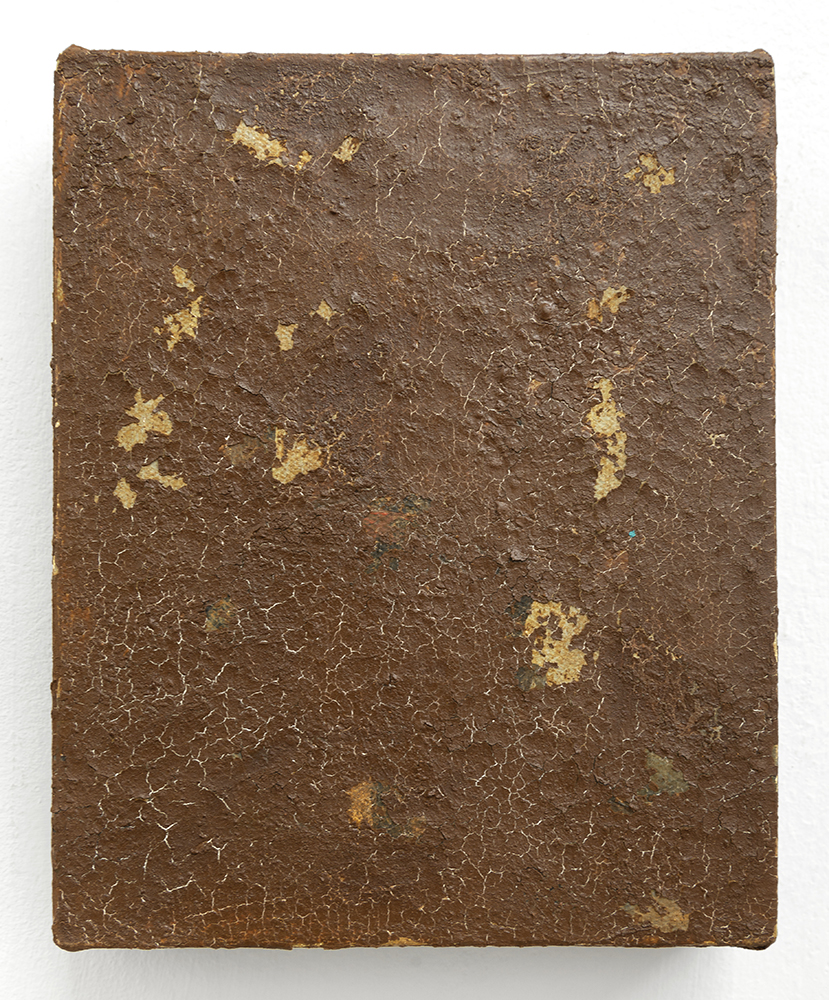
Runojel xa xti jotayimpe, Runojel xa xti tzolimpe, chuech ri ruach’ulew No. VI (Everything Will Blossom, Everything Will Reappear Before the Face of the Earth No. VI)
2023 Canvas, oil paint and clay 9.84 x 7.87 in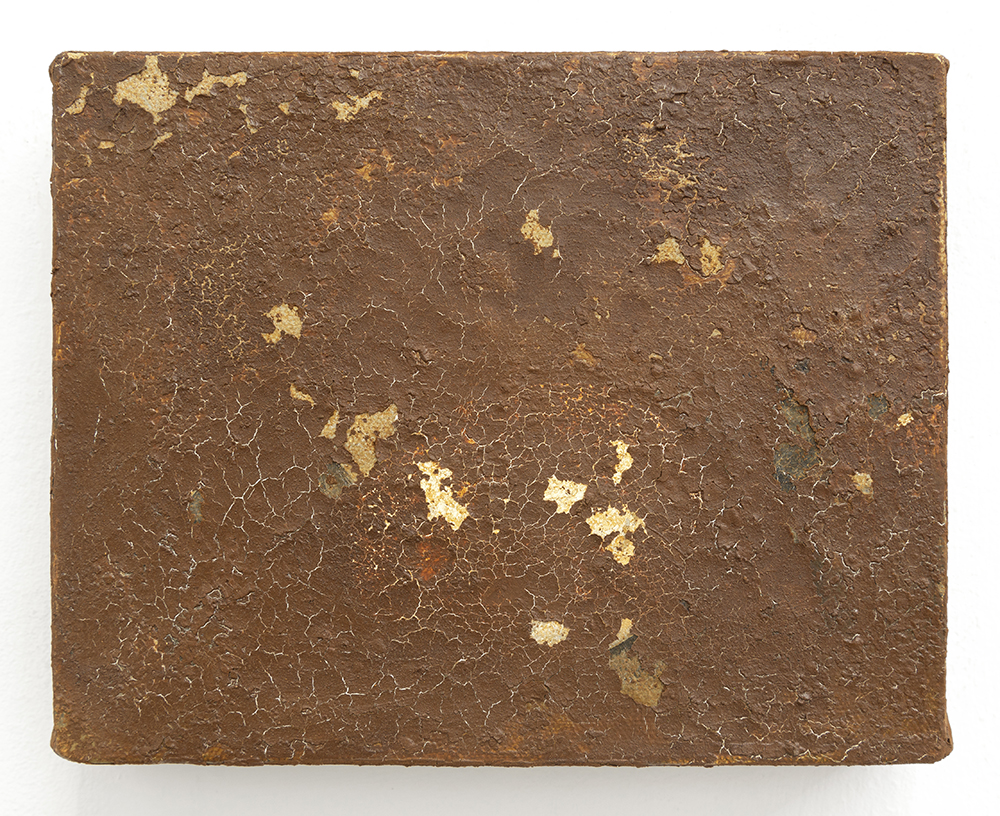
Runojel xa xti jotayimpe, Runojel xa xti tzolimpe, chuech ri ruach’ulew No. VII (Everything Will Blossom, Everything Will Reappear Before the Face of the Earth No. VII)
2023 Canvas, oil paint and clay 7.87 x 9.84 in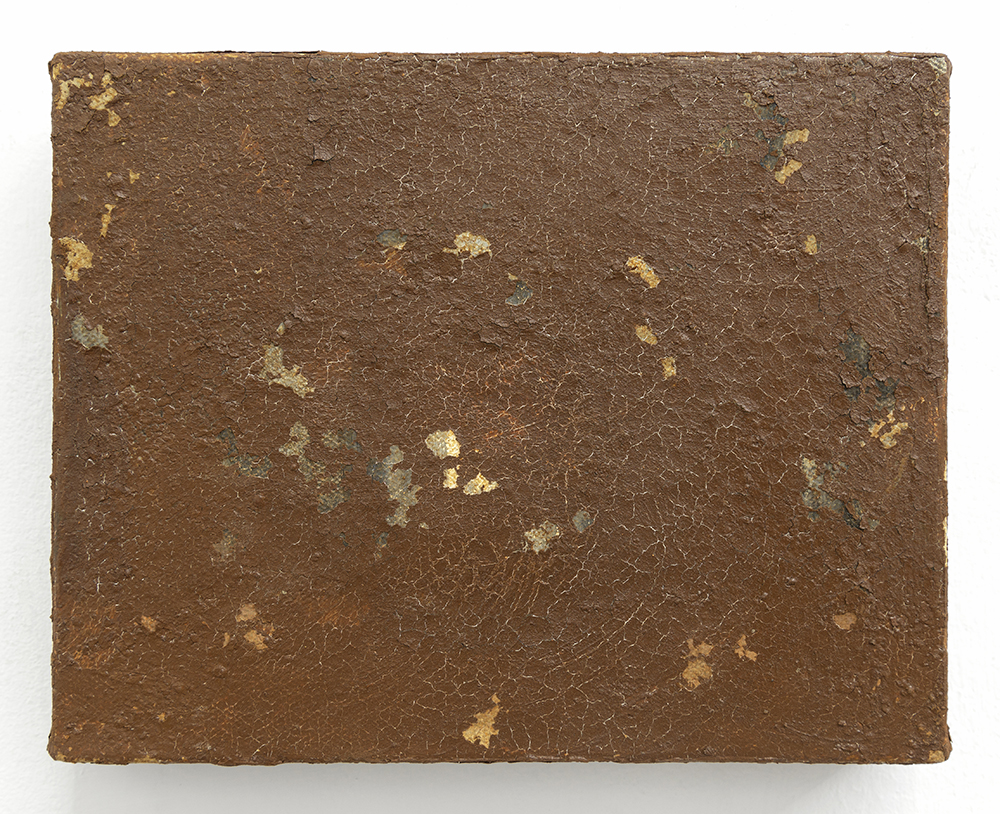
Runojel xa xti jotayimpe, Runojel xa xti tzolimpe, chuech ri ruach’ulew No. VIII (Everything Will Blossom, Everything Will Reappear Before the Face of the Earth No. VIII)
2023 Canvas, oil paint and clay 7.87 x 9.84 in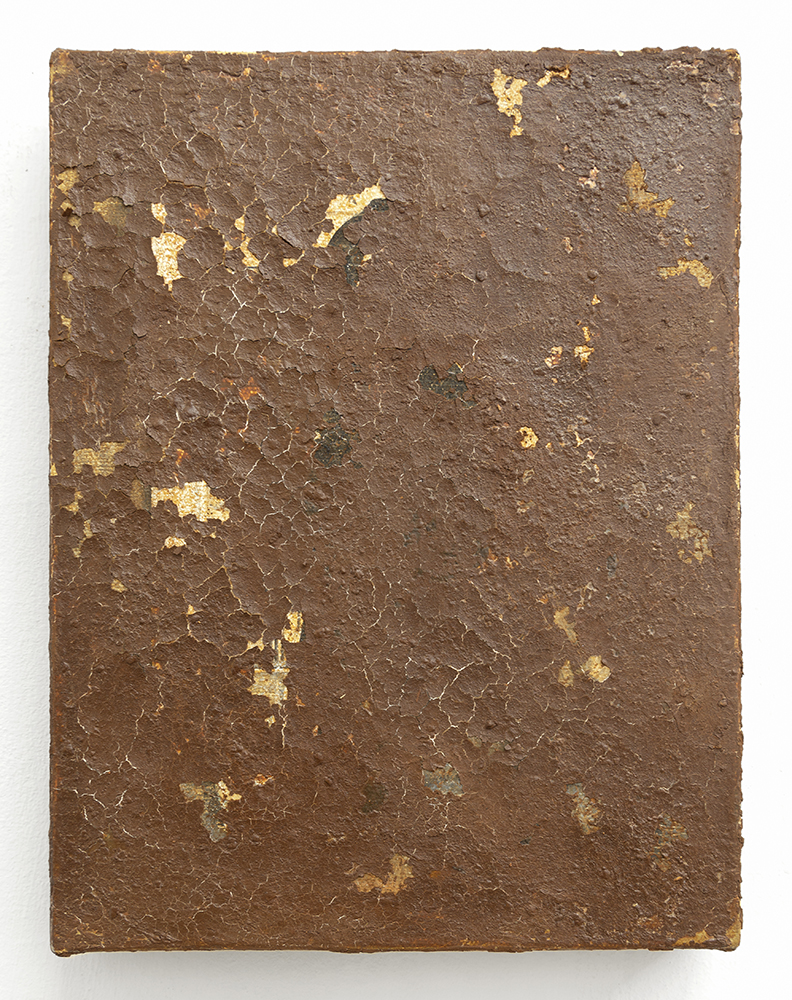
Runojel xa xti jotayimpe, Runojel xa xti tzolimpe, chuech ri ruach’ulew No. IX (Everything Will Blossom, Everything Will Reappear Before the Face of the Earth No. IX)
2023 Canvas, oil paint and clay 12.99 x 9.84 in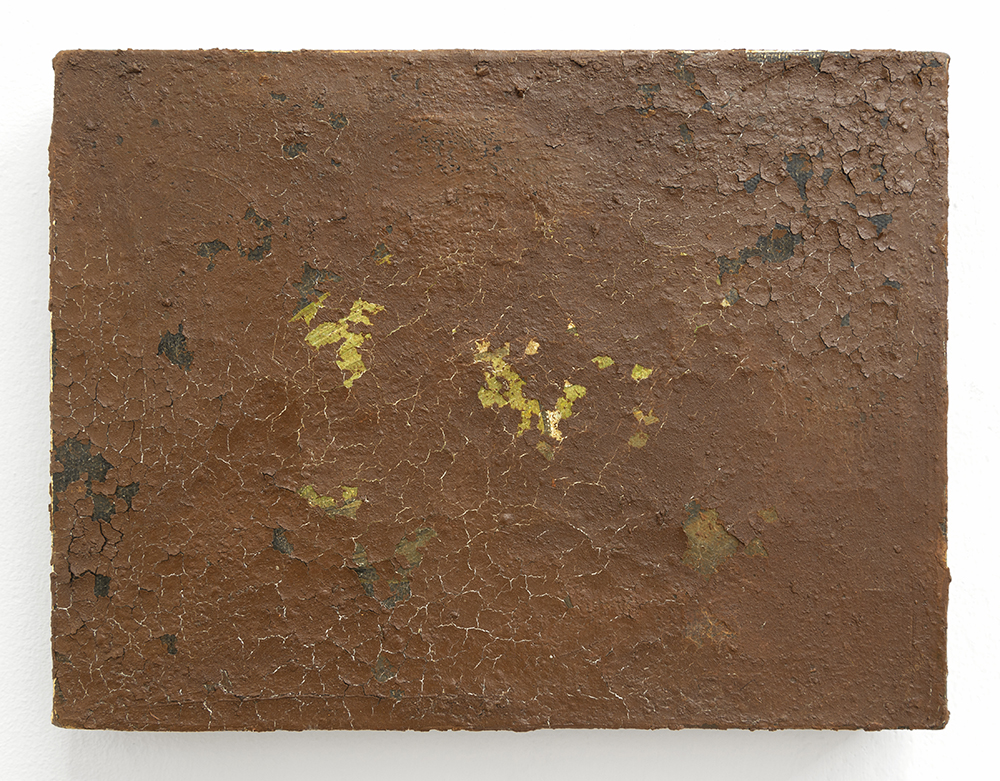
Runojel xa xti jotayimpe, Runojel xa xti tzolimpe, chuech ri ruach’ulew No. X (Everything Will Blossom, Everything Will Reappear Before the Face of the Earth No. X)
2023 Canvas, oil paint and clay 9.84 x 12.99 in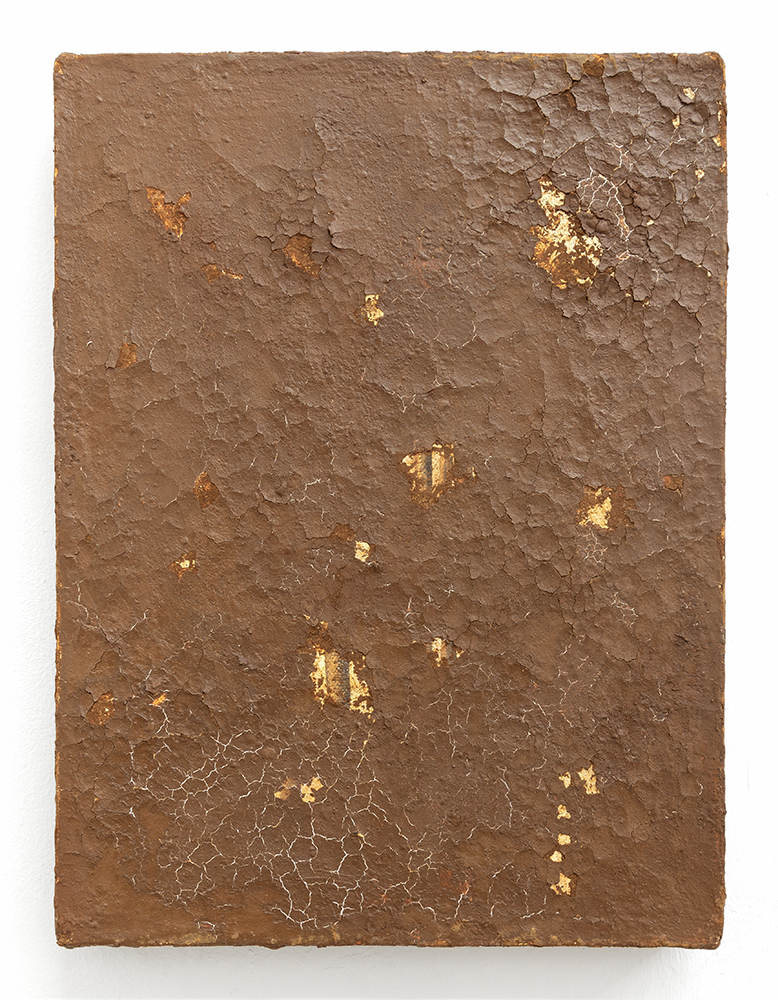
Runojel xa xti jotayimpe, Runojel xa xti tzolimpe, chuech ri ruach’ulew No. XI (Everything Will Blossom, Everything Will Reappear Before the Face of the Earth No. XI)
2023 Canvas, oil paint and clay 15.75 x 11.81 in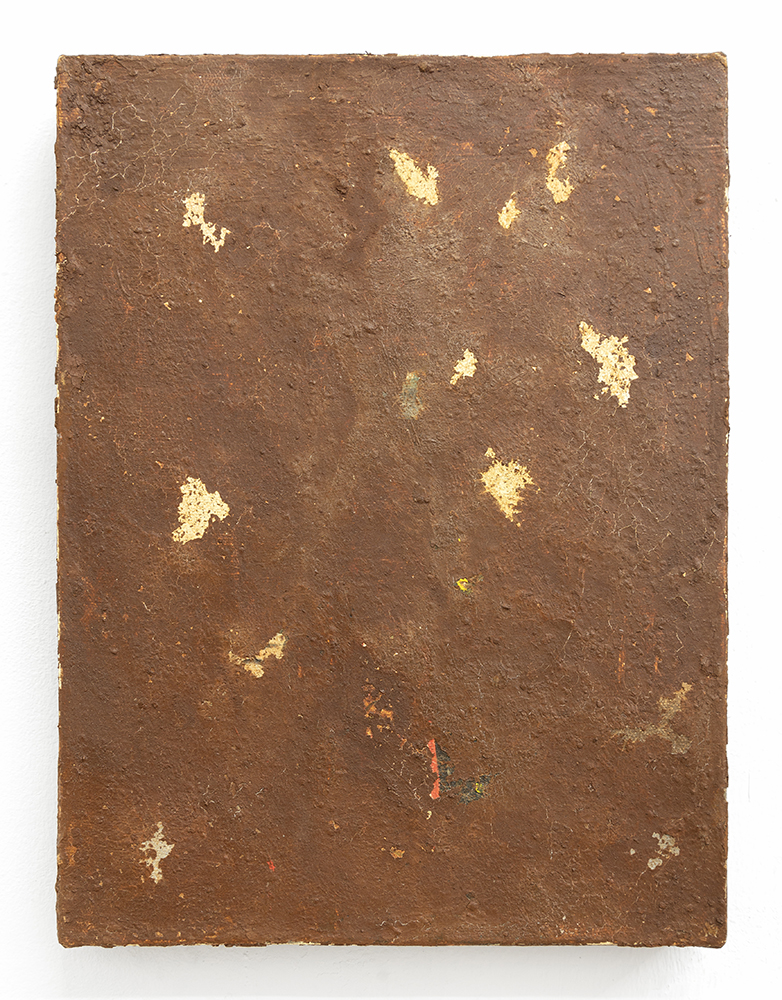
Runojel xa xti jotayimpe, Runojel xa xti tzolimpe, chuech ri ruach’ulew No. XII (Everything Will Blossom, Everything Will Reappear Before the Face of the Earth No. XII)
2023 Canvas, oil paint and clay 15.75 x 11.81 in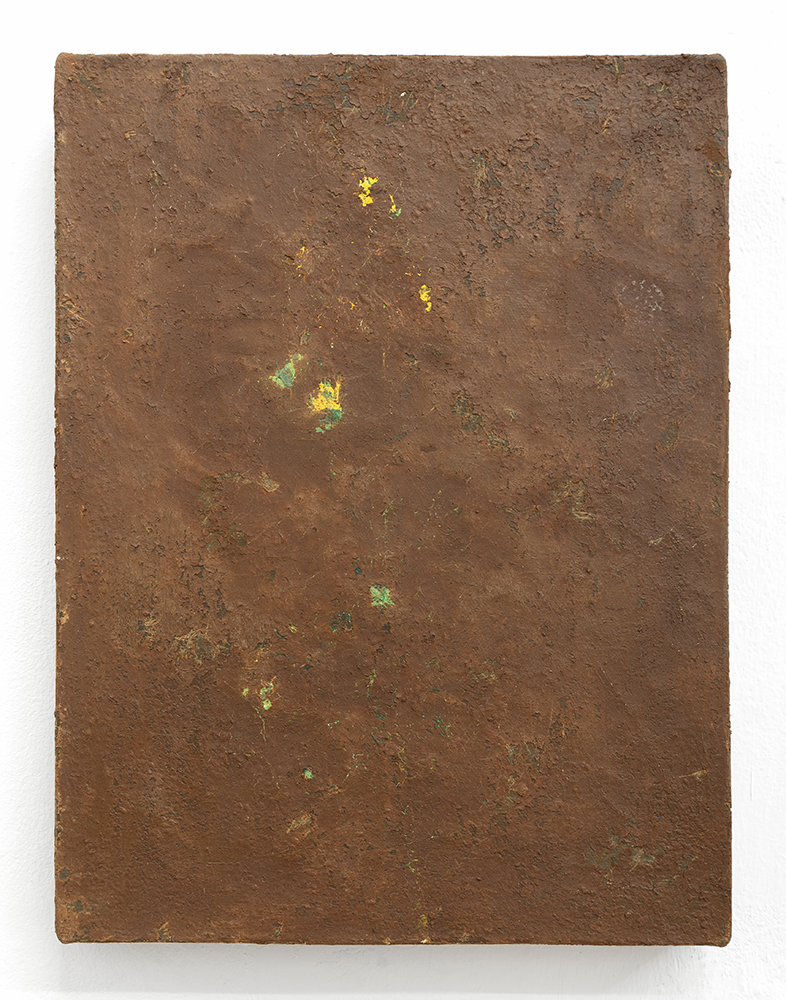
Runojel xa xti jotayimpe, Runojel xa xti tzolimpe, chuech ri ruach’ulew No. XIII (Everything Will Blossom, Everything Will Reappear Before the Face of the Earth No. XIII)
2023 Canvas, oil paint and clay 15.75 x 11.81 in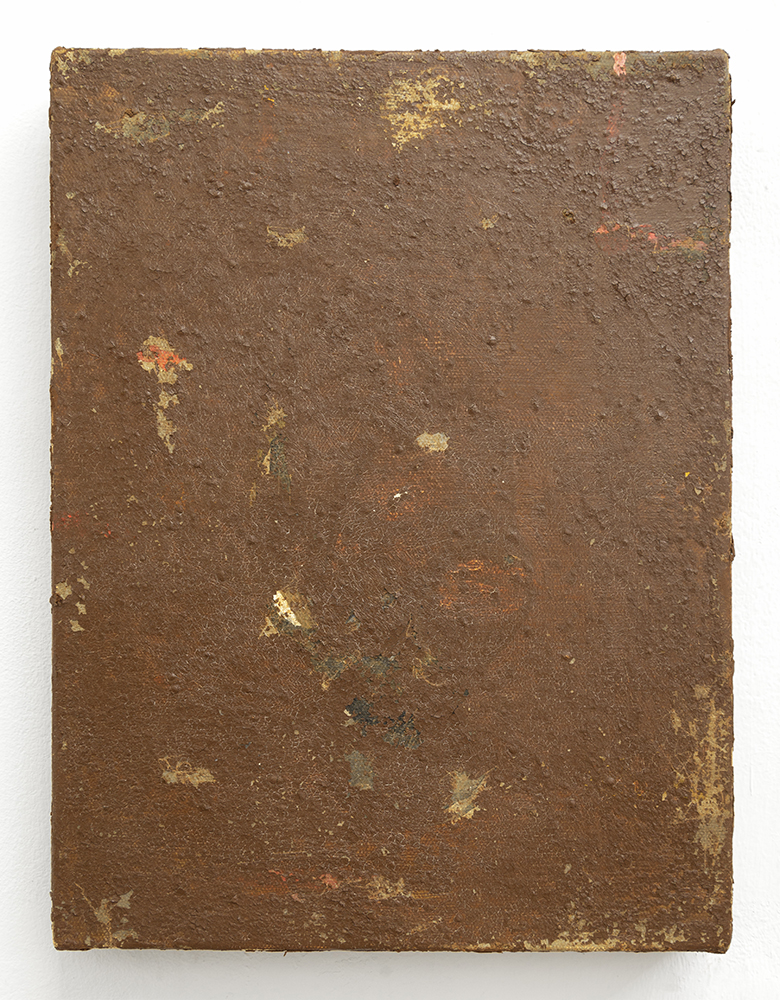
Runojel xa xti jotayimpe, Runojel xa xti tzolimpe, chuech ri ruach’ulew No. XIV (Everything Will Blossom, Everything Will Reappear Before the Face of the Earth No. XIV)
2023 Canvas, oil paint and clay 15.75 x 11.81 in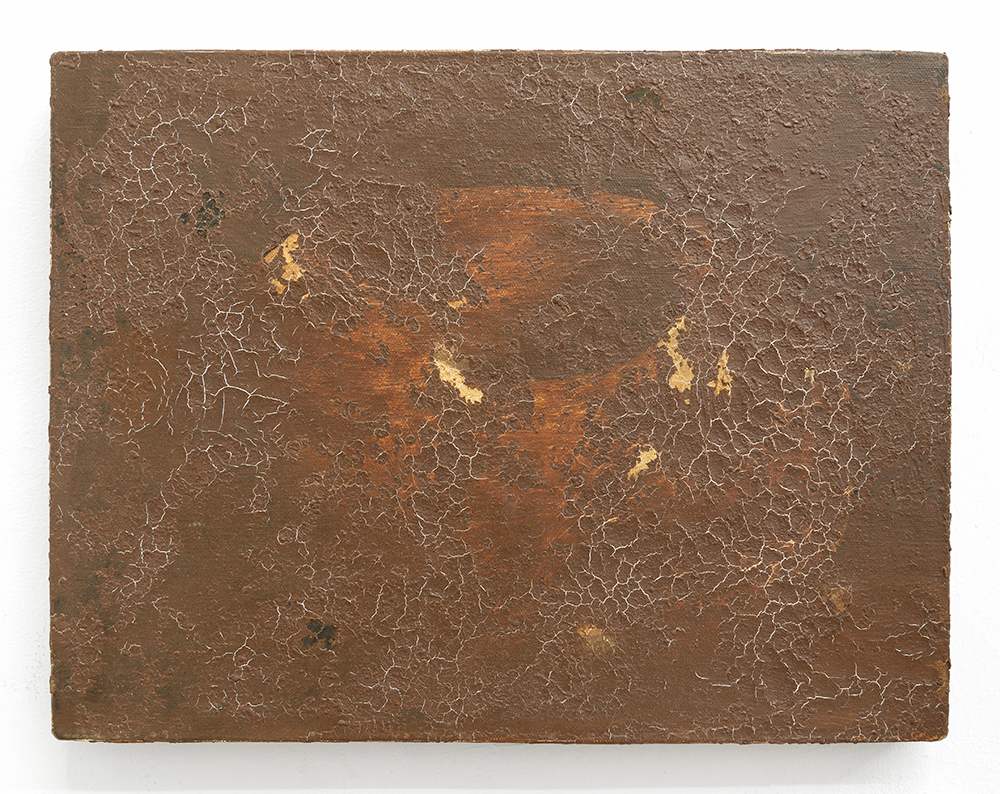
Runojel xa xti jotayimpe, Runojel xa xti tzolimpe, chuech ri ruach’ulew No. XV (Everything Will Blossom, Everything Will Reappear Before the Face of the Earth No. XV)
2023 Canvas, oil paint and clay 38 x 50 cm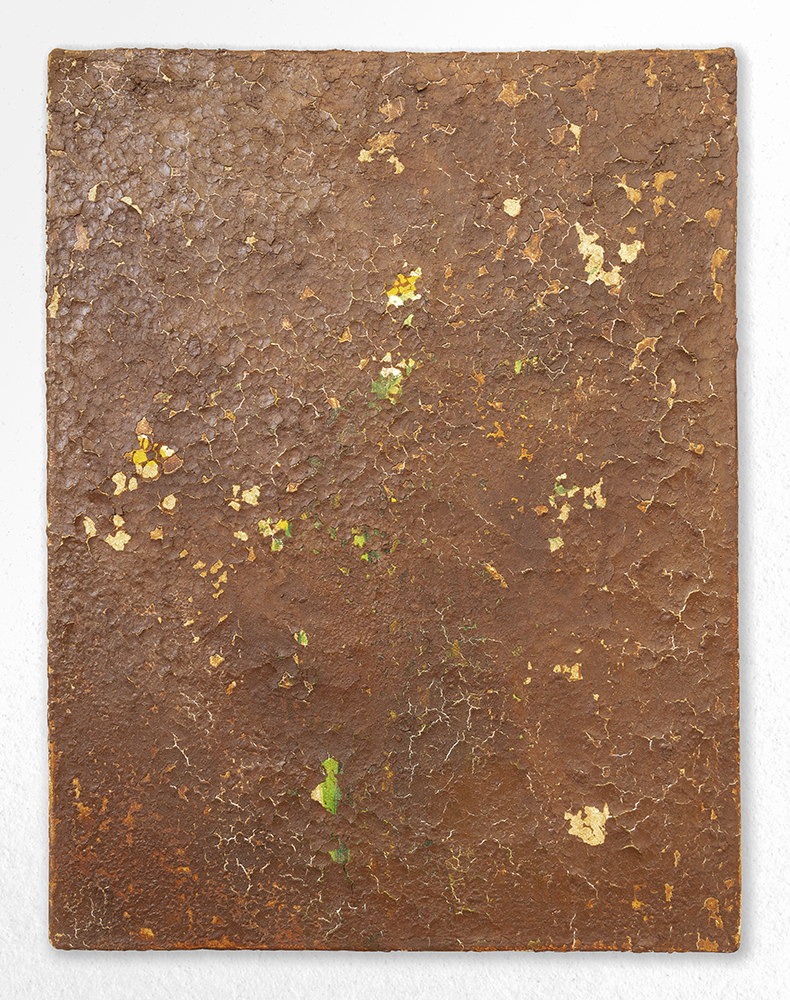
Runojel xa xti jotayimpe, Runojel xa xti tzolimpe, chuech ri ruach’ulew No. XVI (Everything Will Blossom, Everything Will Reappear Before the Face of the Earth No. XVI)
2023 Canvas, oil paint and clay 19.69 x 14.96 in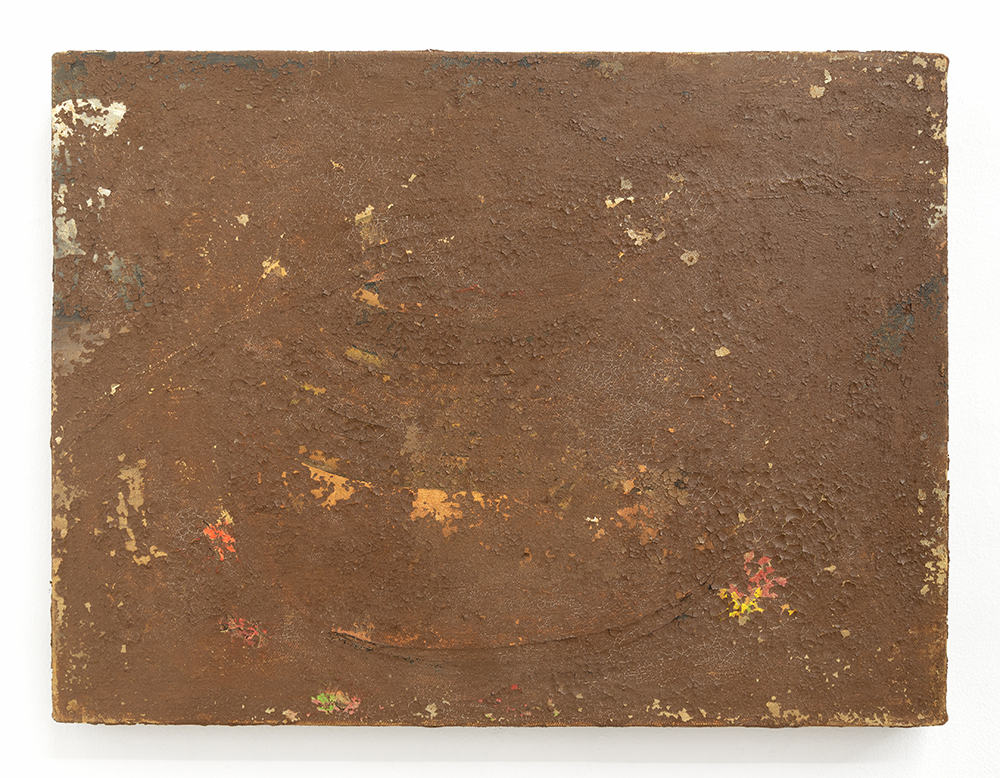
Runojel xa xti jotayimpe, Runojel xa xti tzolimpe, chuech ri ruach’ulew No. XVII (Everything Will Blossom, Everything Will Reappear Before the Face of the Earth No. XVII)
2023 Canvas, oil paint and clay 17.72 x 23.62 in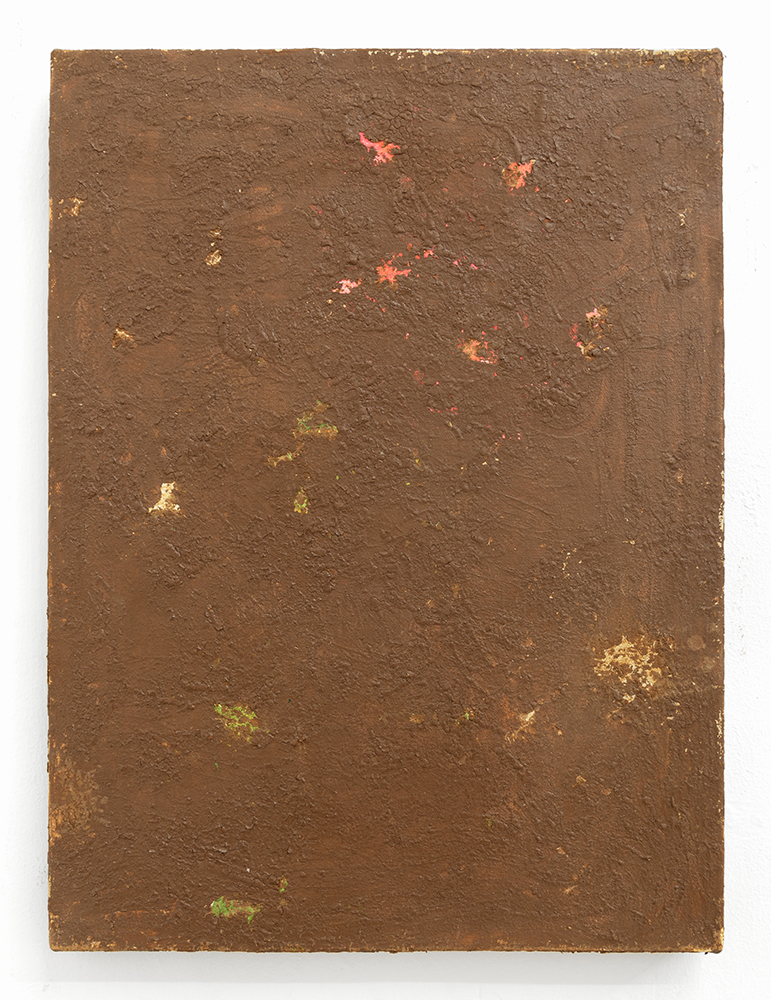
unojel xa xti jotayimpe, Runojel xa xti tzolimpe, chuech ri ruach’ulew No. XVIII (Everything Will Blossom, Everything Will Reappear Before the Face of the Earth No. XVIII)
2023 Canvas, oil paint and clay 60 x 45 cm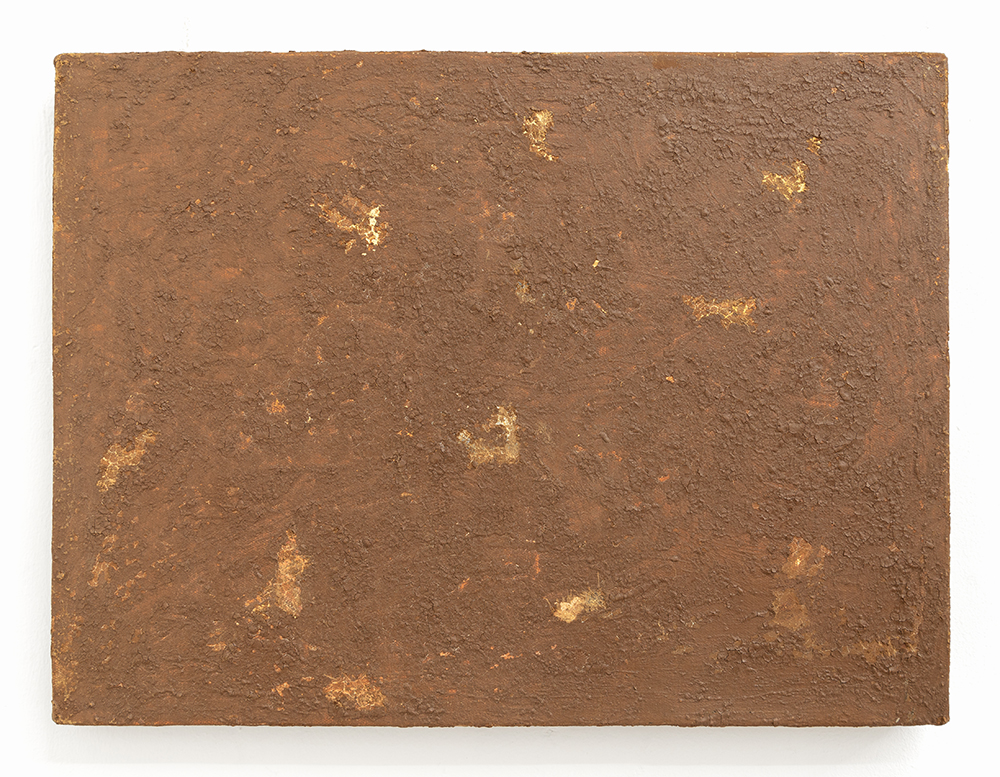
Runojel xa xti jotayimpe, Runojel xa xti tzolimpe, chuech ri ruach’ulew No. XIX (Everything Will Blossom, Everything Will Reappear Before the Face of the Earth No. XIX)
2023 Canvas, oil paint and clay 17.72 x 23.62 in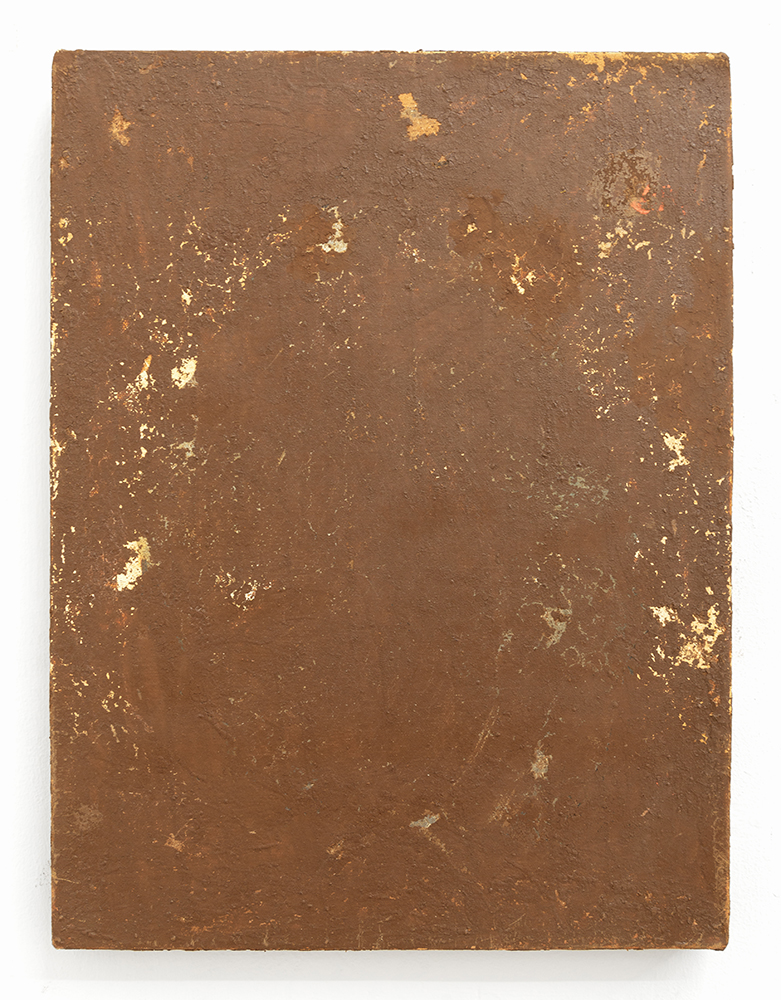
Runojel xa xti jotayimpe, Runojel xa xti tzolimpe, chuech ri ruach’ulew No. XX (Everything Will Blossom, Everything Will Reappear Before the Face of the Earth No. XX)
2023 Canvas, oil paint and clay 23.62 x 17.72 in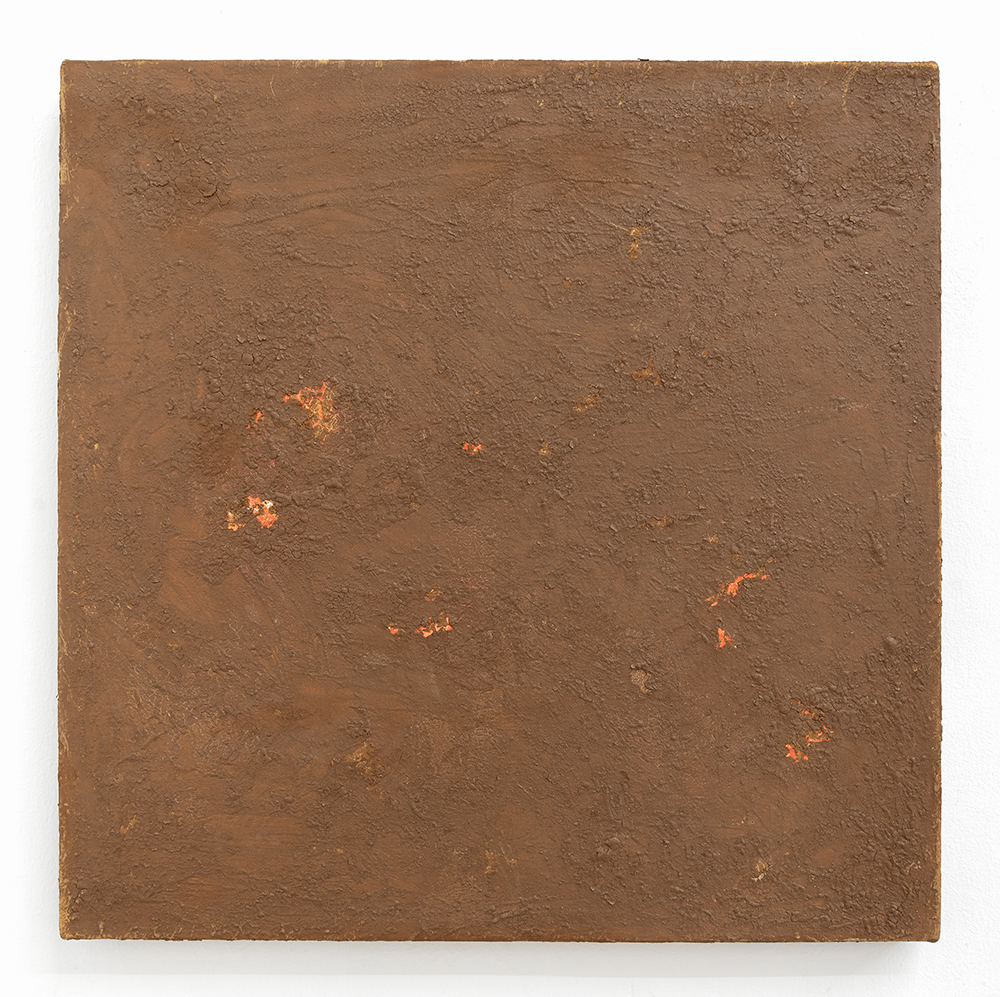
Runojel xa xti jotayimpe, Runojel xa xti tzolimpe, chuech ri ruach’ulew No. XXI (Everything Will Blossom, Everything Will Reappear Before the Face of the Earth No. XXI)
2023 Canvas, oil paint and clay 23.62 x 23.62 in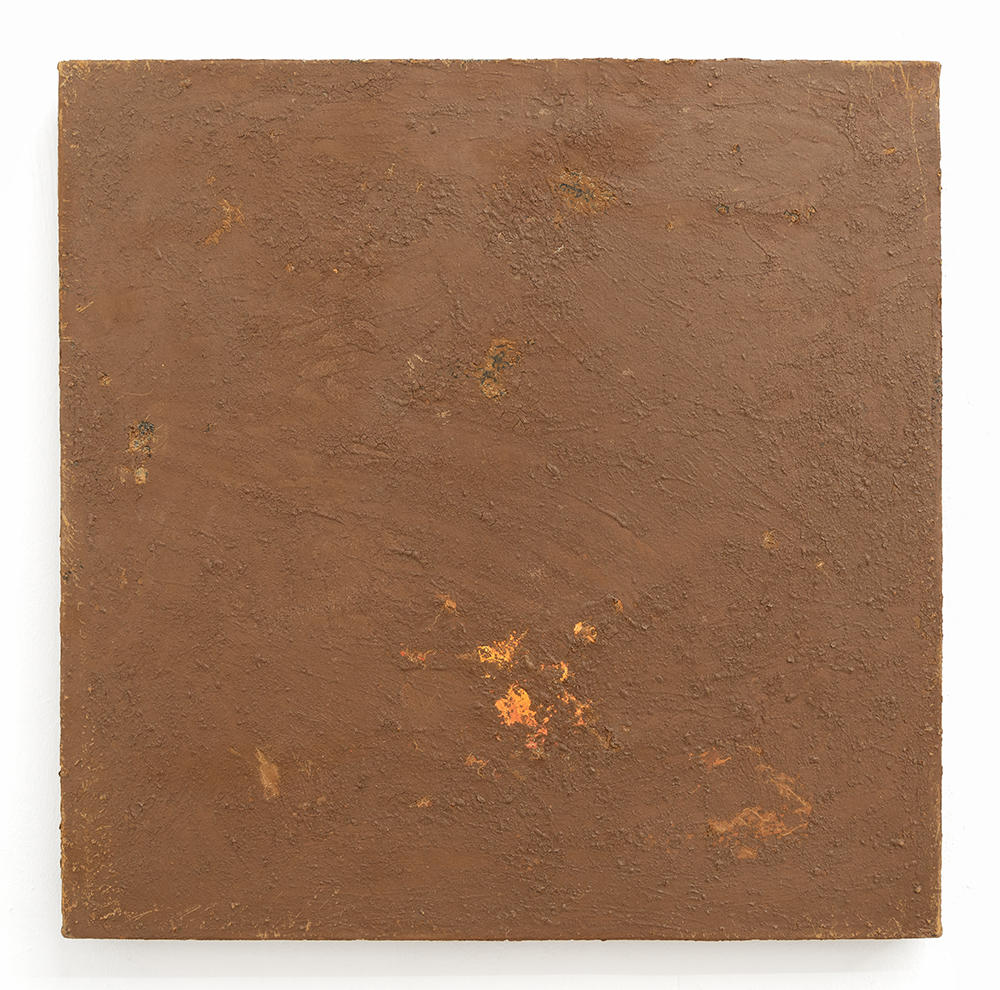
Runojel xa xti jotayimpe, Runojel xa xti tzolimpe, chuech ri ruach’ulew No. XXII (Everything Will Blossom, Everything Will Reappear Before the Face of the Earth No. XXII)
2023 Canvas, oil paint and clay 23.62 x 23.62 in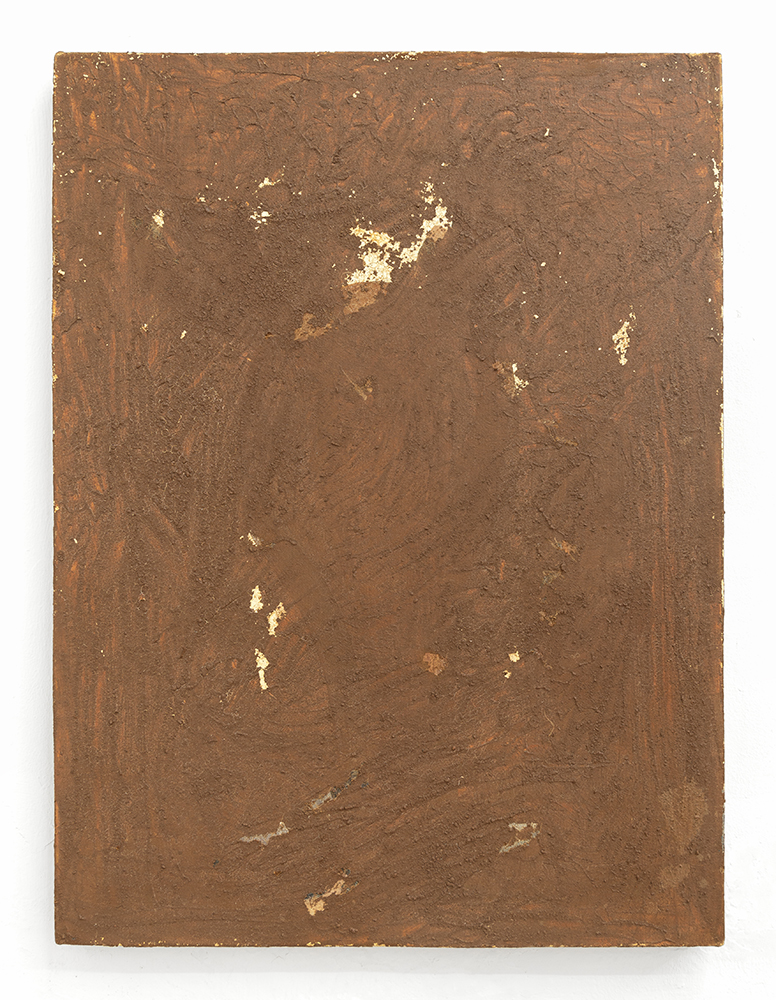
Runojel xa xti jotayimpe, Runojel xa xti tzolimpe, chuech ri ruach’ulew No. XXIII (Everything Will Blossom, Everything Will Reappear Before the Face of the Earth No. XXIII)
2023 Canvas, oil paint and clay 31.50 x 23.62 in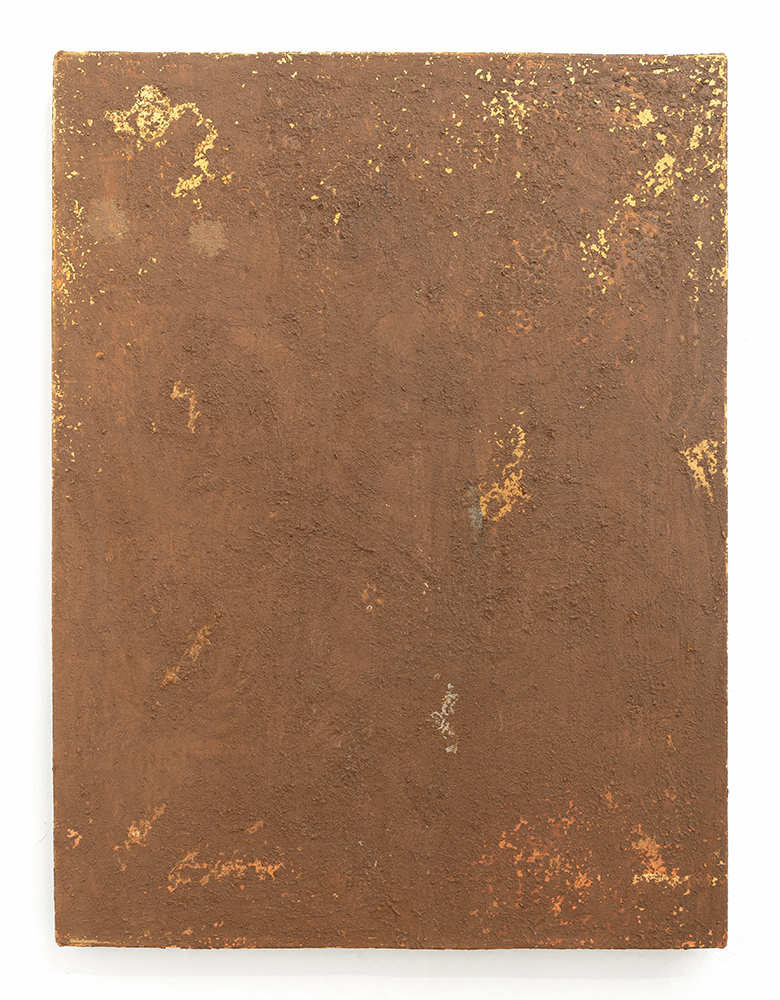
Runojel xa xti jotayimpe, Runojel xa xti tzolimpe, chuech ri ruach’ulew No. XXIV (Everything Will Blossom, Everything Will Reappear Before the Face of the Earth No. XXIV)
2023 Canvas, oil paint and clay 31.50 x 23.62 in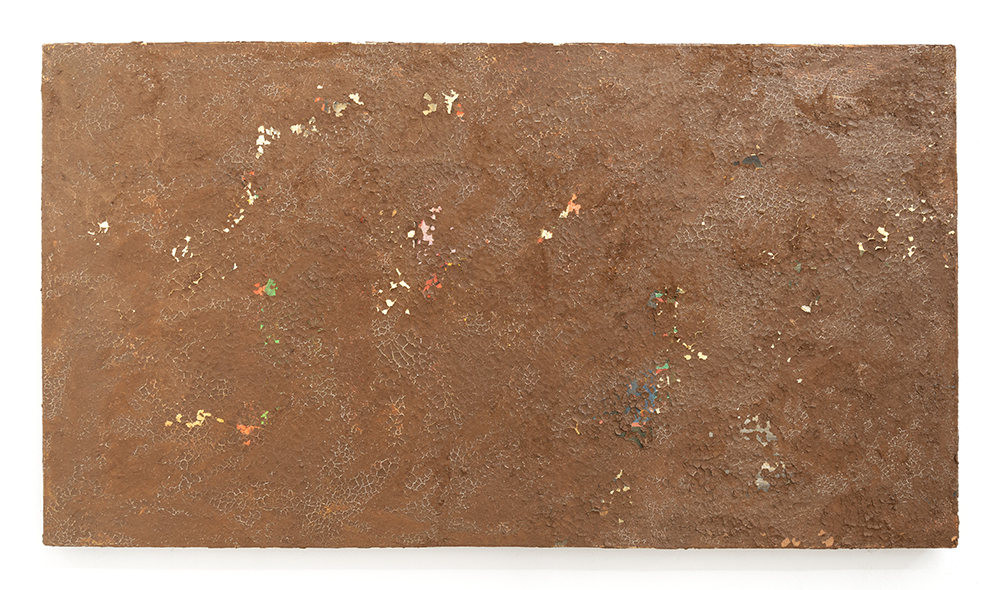
Runojel xa xti jotayimpe, Runojel xa xti tzolimpe, chuech ri ruach’ulew No. XXV (Everything Will Blossom, Everything Will Reappear Before the Face of the Earth No. XXV)
2023 Canvas, oil paint and clay 24.80 x 45.28 in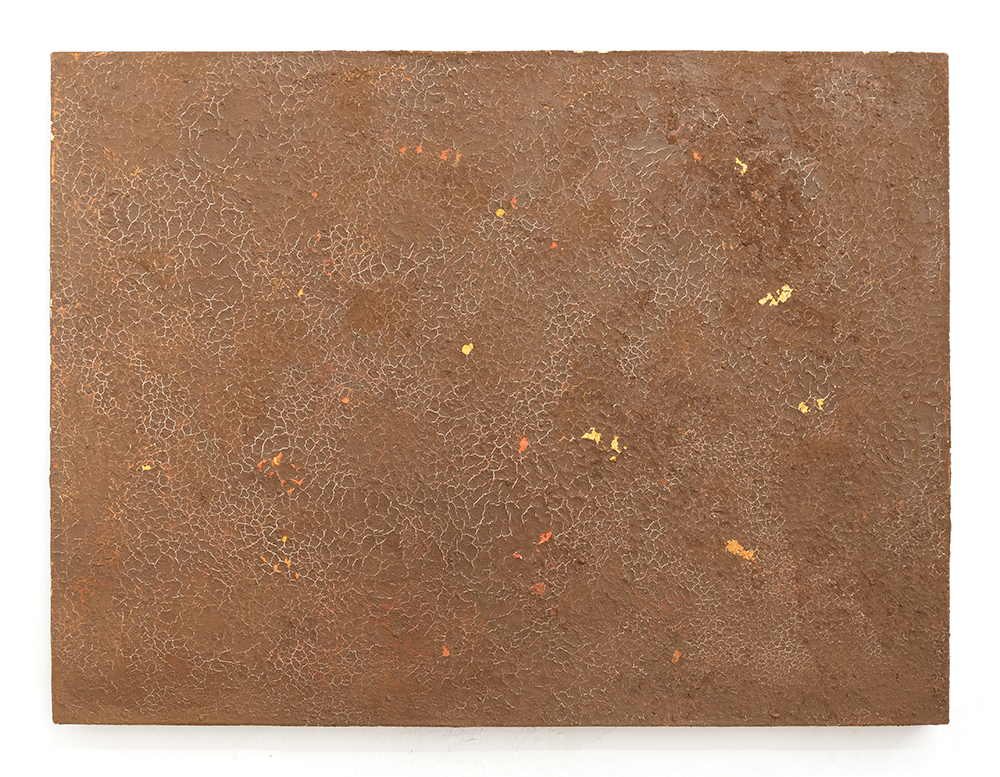
Runojel xa xti jotayimpe, Runojel xa xti tzolimpe, chuech ri ruach’ulew No. XXVI (Everything Will Blossom, Everything Will Reappear Before the Face of the Earth No. XXVI)
2023 Canvas, oil paint and clay 29.53 x 43.31 in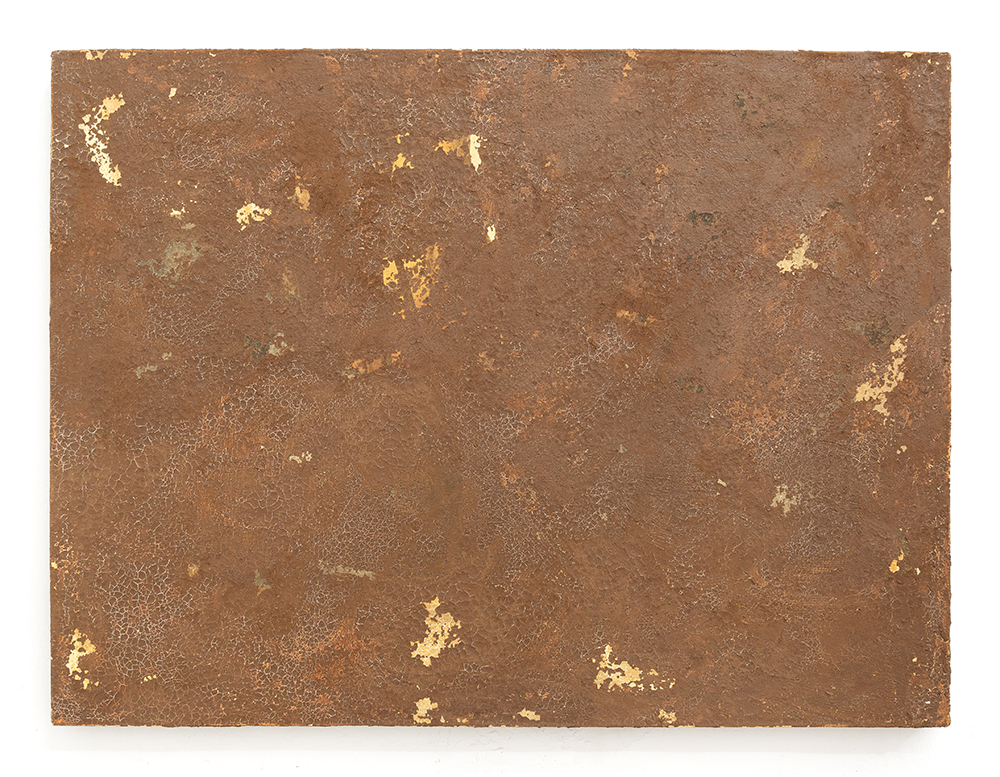
Runojel xa xti jotayimpe, Runojel xa xti tzolimpe, chuech ri ruach’ulew No. XXVII (Everything Will Blossom, Everything Will Reappear Before the Face of the Earth No. XXVII)
2023 Canvas, oil paint and clay 29.53 x 43.31 in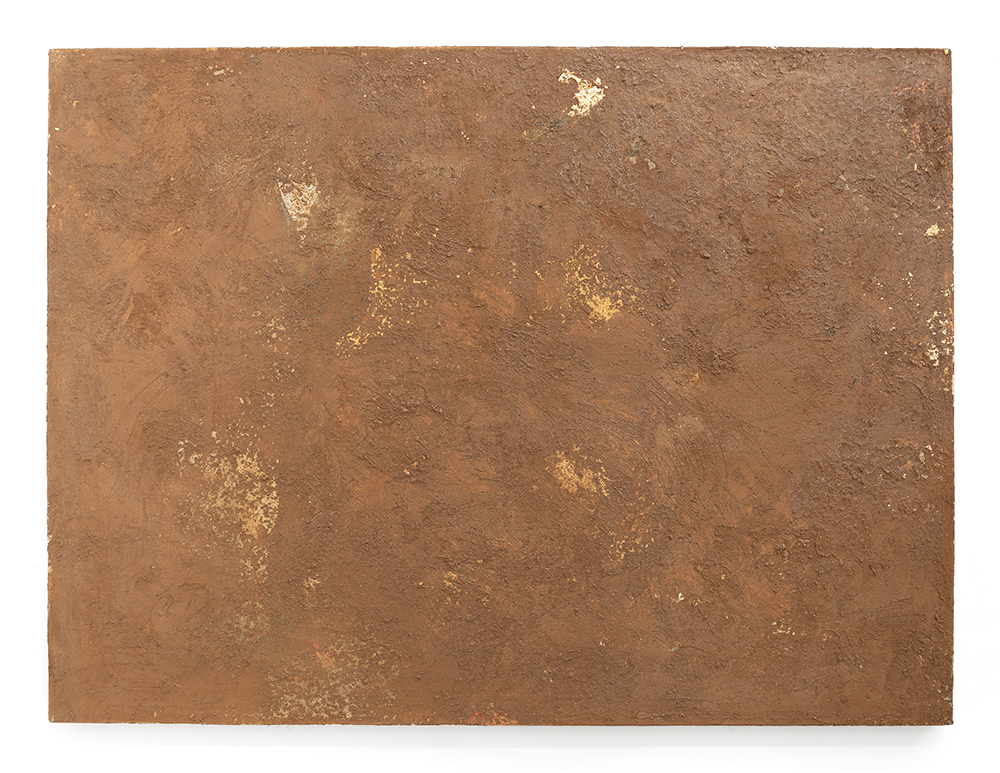
Runojel xa xti jotayimpe, Runojel xa xti tzolimpe, chuech ri ruach’ulew No. XXVIII (Everything Will Blossom, Everything Will Reappear Before the Face of the Earth No. XXVIII)
2023 Canvas, oil paint and clay 35.43 x 47.24 in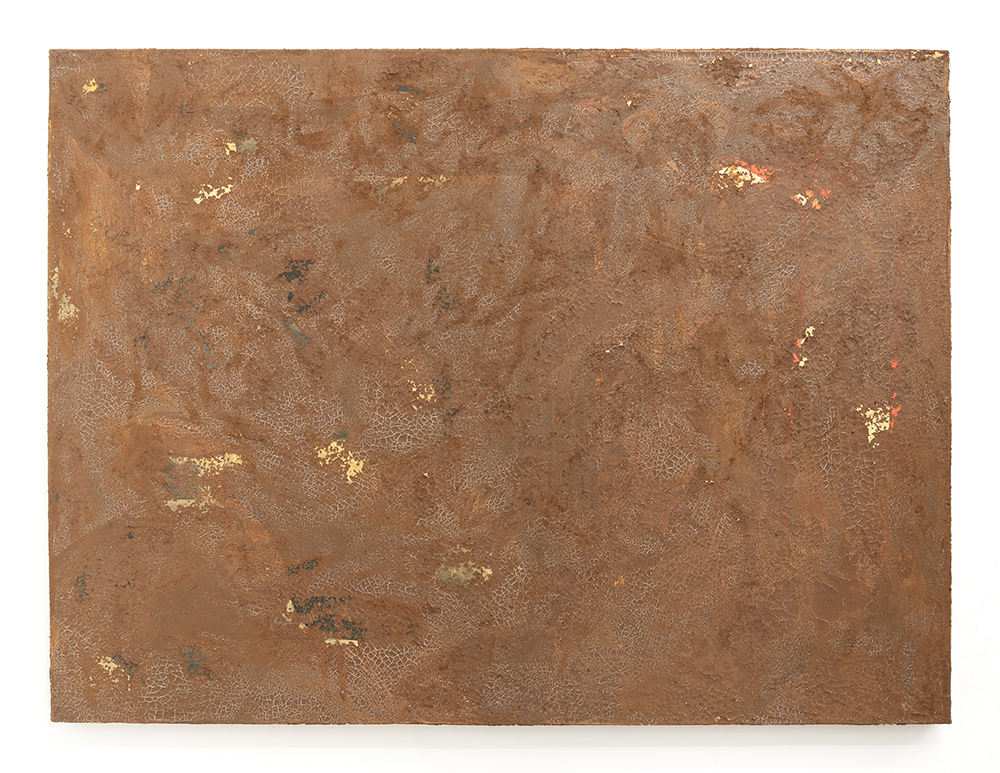
Runojel xa xti jotayimpe, Runojel xa xti tzolimpe, chuech ri ruach’ulew No. XXIX (Everything Will Blossom, Everything Will Reappear Before the Face of the Earth No. XXIX)
2023 Canvas, oil paint and clay 35.43 x 47.24 in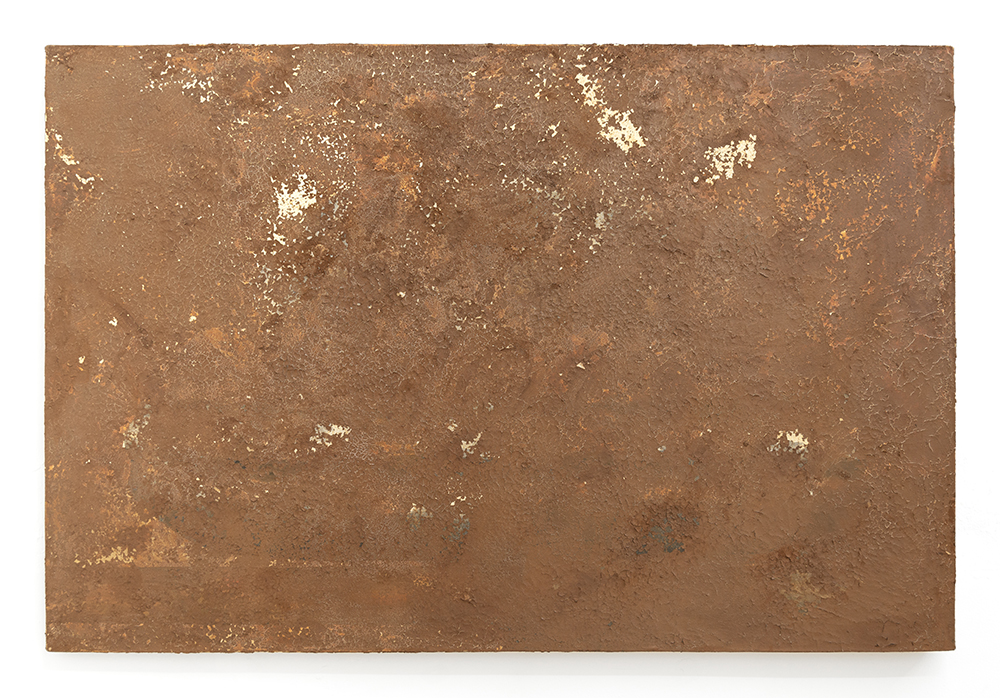
Runojel xa xti jotayimpe, Runojel xa xti tzolimpe, chuech ri ruach’ulew No. XXX (Everything Will Blossom, Everything Will Reappear Before the Face of the Earth No. XXX)
2023 Canvas, oil paint and clay 39.37 x 59.06 in

Frieze NY 2023
2023 Installation view blank projects and Proyectos Ultravioleta Frieze, New York Photo: Silvia Ros
Frieze NY 2023
2023 Installation view blank projects and Proyectos Ultravioleta Frieze, New York Photo: Silvia Ros
Frieze NY 2023
2023 Installation view blank projects and Proyectos Ultravioleta Frieze, New York Photo: Silvia Ros
Frieze NY 2023
2023 Installation view blank projects and Proyectos Ultravioleta Frieze, New York Photo: Silvia Ros
Frieze NY 2023
2023 Installation view blank projects and Proyectos Ultravioleta Frieze, New York Photo: Silvia Ros
Runojel xa xti jotayimpe, Runojel xa xti tzolimpe, chuech ri ruach’ulew No. I (Everything Will Blossom, Everything Will Reappear Before the Face of the Earth No. I)
2023 Canvas, oil paint and clay 5.91 x 7.87 in
Runojel xa xti jotayimpe, Runojel xa xti tzolimpe, chuech ri ruach’ulew No. II (Everything Will Blossom, Everything Will Reappear Before the Face of the Earth No. II)
2023 Canvas, oil paint and clay 5.91 x 7.87 in
Runojel xa xti jotayimpe, Runojel xa xti tzolimpe, chuech ri ruach’ulew No. III (Everything Will Blossom, Everything Will Reappear Before the Face of the Earth No. III)
2023 Canvas, oil paint and clay 5.91 x 7.87 in
Runojel xa xti jotayimpe, Runojel xa xti tzolimpe, chuech ri ruach’ulew No. IV (Everything Will Blossom, Everything Will Reappear Before the Face of the Earth No. IV)
2023 Canvas, oil paint and clay 5.91 x 7.87 in
Runojel xa xti jotayimpe, Runojel xa xti tzolimpe, chuech ri ruach’ulew No. V (Everything Will Blossom, Everything Will Reappear Before the Face of the Earth No. V)
2023 Canvas, oil paint and clay 7.87 x 9.84 in
Runojel xa xti jotayimpe, Runojel xa xti tzolimpe, chuech ri ruach’ulew No. VI (Everything Will Blossom, Everything Will Reappear Before the Face of the Earth No. VI)
2023 Canvas, oil paint and clay 9.84 x 7.87 in
Runojel xa xti jotayimpe, Runojel xa xti tzolimpe, chuech ri ruach’ulew No. VII (Everything Will Blossom, Everything Will Reappear Before the Face of the Earth No. VII)
2023 Canvas, oil paint and clay 7.87 x 9.84 in
Runojel xa xti jotayimpe, Runojel xa xti tzolimpe, chuech ri ruach’ulew No. VIII (Everything Will Blossom, Everything Will Reappear Before the Face of the Earth No. VIII)
2023 Canvas, oil paint and clay 7.87 x 9.84 in
Runojel xa xti jotayimpe, Runojel xa xti tzolimpe, chuech ri ruach’ulew No. IX (Everything Will Blossom, Everything Will Reappear Before the Face of the Earth No. IX)
2023 Canvas, oil paint and clay 12.99 x 9.84 in
Runojel xa xti jotayimpe, Runojel xa xti tzolimpe, chuech ri ruach’ulew No. X (Everything Will Blossom, Everything Will Reappear Before the Face of the Earth No. X)
2023 Canvas, oil paint and clay 9.84 x 12.99 in
Runojel xa xti jotayimpe, Runojel xa xti tzolimpe, chuech ri ruach’ulew No. XI (Everything Will Blossom, Everything Will Reappear Before the Face of the Earth No. XI)
2023 Canvas, oil paint and clay 15.75 x 11.81 in
Runojel xa xti jotayimpe, Runojel xa xti tzolimpe, chuech ri ruach’ulew No. XII (Everything Will Blossom, Everything Will Reappear Before the Face of the Earth No. XII)
2023 Canvas, oil paint and clay 15.75 x 11.81 in
Runojel xa xti jotayimpe, Runojel xa xti tzolimpe, chuech ri ruach’ulew No. XIII (Everything Will Blossom, Everything Will Reappear Before the Face of the Earth No. XIII)
2023 Canvas, oil paint and clay 15.75 x 11.81 in
Runojel xa xti jotayimpe, Runojel xa xti tzolimpe, chuech ri ruach’ulew No. XIV (Everything Will Blossom, Everything Will Reappear Before the Face of the Earth No. XIV)
2023 Canvas, oil paint and clay 15.75 x 11.81 in
Runojel xa xti jotayimpe, Runojel xa xti tzolimpe, chuech ri ruach’ulew No. XV (Everything Will Blossom, Everything Will Reappear Before the Face of the Earth No. XV)
2023 Canvas, oil paint and clay 38 x 50 cm
Runojel xa xti jotayimpe, Runojel xa xti tzolimpe, chuech ri ruach’ulew No. XVI (Everything Will Blossom, Everything Will Reappear Before the Face of the Earth No. XVI)
2023 Canvas, oil paint and clay 19.69 x 14.96 in
Runojel xa xti jotayimpe, Runojel xa xti tzolimpe, chuech ri ruach’ulew No. XVII (Everything Will Blossom, Everything Will Reappear Before the Face of the Earth No. XVII)
2023 Canvas, oil paint and clay 17.72 x 23.62 in
unojel xa xti jotayimpe, Runojel xa xti tzolimpe, chuech ri ruach’ulew No. XVIII (Everything Will Blossom, Everything Will Reappear Before the Face of the Earth No. XVIII)
2023 Canvas, oil paint and clay 60 x 45 cm
Runojel xa xti jotayimpe, Runojel xa xti tzolimpe, chuech ri ruach’ulew No. XIX (Everything Will Blossom, Everything Will Reappear Before the Face of the Earth No. XIX)
2023 Canvas, oil paint and clay 17.72 x 23.62 in
Runojel xa xti jotayimpe, Runojel xa xti tzolimpe, chuech ri ruach’ulew No. XX (Everything Will Blossom, Everything Will Reappear Before the Face of the Earth No. XX)
2023 Canvas, oil paint and clay 23.62 x 17.72 in
Runojel xa xti jotayimpe, Runojel xa xti tzolimpe, chuech ri ruach’ulew No. XXI (Everything Will Blossom, Everything Will Reappear Before the Face of the Earth No. XXI)
2023 Canvas, oil paint and clay 23.62 x 23.62 in
Runojel xa xti jotayimpe, Runojel xa xti tzolimpe, chuech ri ruach’ulew No. XXII (Everything Will Blossom, Everything Will Reappear Before the Face of the Earth No. XXII)
2023 Canvas, oil paint and clay 23.62 x 23.62 in
Runojel xa xti jotayimpe, Runojel xa xti tzolimpe, chuech ri ruach’ulew No. XXIII (Everything Will Blossom, Everything Will Reappear Before the Face of the Earth No. XXIII)
2023 Canvas, oil paint and clay 31.50 x 23.62 in
Runojel xa xti jotayimpe, Runojel xa xti tzolimpe, chuech ri ruach’ulew No. XXIV (Everything Will Blossom, Everything Will Reappear Before the Face of the Earth No. XXIV)
2023 Canvas, oil paint and clay 31.50 x 23.62 in
Runojel xa xti jotayimpe, Runojel xa xti tzolimpe, chuech ri ruach’ulew No. XXV (Everything Will Blossom, Everything Will Reappear Before the Face of the Earth No. XXV)
2023 Canvas, oil paint and clay 24.80 x 45.28 in
Runojel xa xti jotayimpe, Runojel xa xti tzolimpe, chuech ri ruach’ulew No. XXVI (Everything Will Blossom, Everything Will Reappear Before the Face of the Earth No. XXVI)
2023 Canvas, oil paint and clay 29.53 x 43.31 in
Runojel xa xti jotayimpe, Runojel xa xti tzolimpe, chuech ri ruach’ulew No. XXVII (Everything Will Blossom, Everything Will Reappear Before the Face of the Earth No. XXVII)
2023 Canvas, oil paint and clay 29.53 x 43.31 in
Runojel xa xti jotayimpe, Runojel xa xti tzolimpe, chuech ri ruach’ulew No. XXVIII (Everything Will Blossom, Everything Will Reappear Before the Face of the Earth No. XXVIII)
2023 Canvas, oil paint and clay 35.43 x 47.24 in
Runojel xa xti jotayimpe, Runojel xa xti tzolimpe, chuech ri ruach’ulew No. XXIX (Everything Will Blossom, Everything Will Reappear Before the Face of the Earth No. XXIX)
2023 Canvas, oil paint and clay 35.43 x 47.24 in
Runojel xa xti jotayimpe, Runojel xa xti tzolimpe, chuech ri ruach’ulew No. XXX (Everything Will Blossom, Everything Will Reappear Before the Face of the Earth No. XXX)
2023 Canvas, oil paint and clay 39.37 x 59.06 in
blank projects and Proyectos Ultravioleta present a dual presentation by Kemang Wa Lehulere (b.1984, Gugulethu, South Africa) and Edgar Calel (b.1987, Chi Xot, Guatemala).
The presentation takes the form of a conversation between the two artists whose practices are concerned with revisiting the narratives of history through a decolonial lens, drawing on indigenous or ancestral knowledge to inform their artistic, and social, activism. A standard methodology in their work is the act of ‘excavation’ – at times literally – to reveal subjugated histories buried through colonization, racism, or oppression. Reaching back in time to engage with past generations of cultural producers and practitioners and even close family members, Calel and Wa Lehulere bring the work of these figures into dialogue with their own to speak about collective trauma and grief. In so doing, their practices can be seen as intervention or collaboration with time and history itself, offering nuanced perspectives into each of their individual contexts.
In a two-walled booth, the artists will each present works that investigate ideas around the concealment and unearthing of history, memory, and tradition. Seen together, the presentation raises specific questions about the commonalities and contrasts in the stories of marginalized peoples and cultures from different geographies within the Global South.
Coinciding with Jaguar Stone, his newly commissioned show at SculptureCenter opening on May 6th, Calel will present a new series of works titled Runojel xa xti jotayimpe, Runojel xa xti tzolimpe, chuech ri ruach’ulew (Everything Will Blossom, Everything Will
Reappear Before the Face of the Earth). In these canvases of varying scales, the artist -in conversation with his family- have painted a series of landscapes, objects, relics, concepts, and experiences, which are of spiritual importance to them and to the wider Maya Kaqchikel community. The paintings are then covered almost entirely with clay collected by the family in a forest surrounding their hometown Chixot (San Juan Comalapa) which they consider to be sacred, revealing only some minor brush strokes to the viewer’s eye, but not enough to make out the images altogether. And it is Calel’s intention for the earth in the paintings to fall off bit by bit over time, only revealing the depicted images -and the knowledge embedded within- when we are ready to fully grasp its significance.
-
Art Basel Miami Beach 2022
Miami Beach
-
Frieze London 2022
London
-
Armory 2022
New York
-
Art Basel 2022
Basel
2022
-
Art Basel Miami 2021
Miami
-
Artissima 2021
Turin
-
Artissima XYZ 2021
Turin
-
Frieze London 2021
London
2021
-
Liste Art Fair Basel 2021
Basel
-
The Armory Show 2021
Online
-
Art-o-rama 2021
Marseille
-
NADA x Foreland 2021
New York
-
NADA Miami 2020
Miami
-
Artissima XYZ 2020
Online
-
Liste Showtime 2020
Online
-
Frieze London 2020
Online
2020
-
NADA MIAMI 2019
Miami, USA
-
MECA 2019
San Juan, Puerto Rico
-
ART DÜSSELDORF 2019
Naufus Ramírez-Figueroa
Düsseldorf, Germany
-
Frieze London 2019
Hellen Ascoli
London, UK
2019
-
Chicago Invitational 2019
Elisabeth Wild
Chicago, USA
-
LISTE 2019
Basel, Switzerland
-
Frieze NY 2019
Naufus Ramírez-Figueroa
New York, USA
-
ArteBA 2019
Naufus Ramírez-Figueroa
Buenos Aires, Argentina
-
NADA Miami 2018
Miami, USA
-
Frieze London 2018
Johanna Unzueta
London UK
-
LISTE 2018
Akira Ikezoe
Basel, Switzerland
-
ArteBA 2018
Elisabeth Wild
Buenos Aires, Argentina
2018
-
NADA Miami 2017
Miami, USA
-
Frieze London 2017
Regina José Galindo
London, UK
-
LISTE 2017
Naufus Ramírez-Figueroa
Basilea, Switzerland
-
Frieze NY 2017
Akira Ikezoe
New York, USA
2017
-
NADA Miami 2016
Miami, USA
-
ARTBO 2016
Akira Ikezoe
Bogotá, Colombia
-
Frieze London 2016
London, UK
-
LISTE 2016
Naufus Ramírez-Figueroa
Basel, Switzerland
2016
-
NADA NY 2016
Akira Ikezoe
New York, USA
-
SP Arte 2016
Radamés “Juni” Figueroa
Sao Paulo, Brazil
-
ARCO Madrid 2016
Madrid, Spain
-
Material Art Fair 2016
Jorge de León
México, México
-
NADA Miami 2015
Miami, USA
-
ARTBO 2015
Naufus Ramírez-Figueroa
Bogotá, Colombia
-
LISTE 2015
Basel, Switzerland
-
NADA NY 2015
Elisabeth Wild
New York, USA
2015